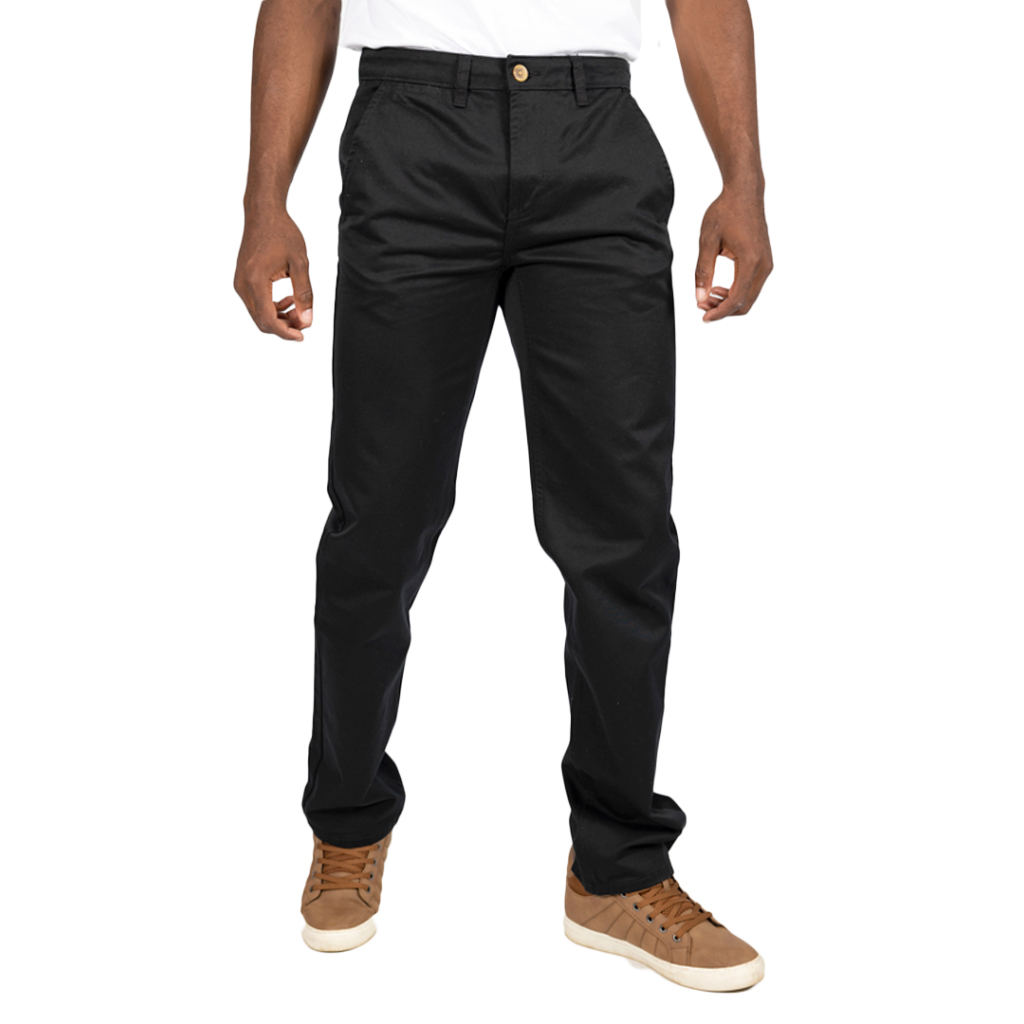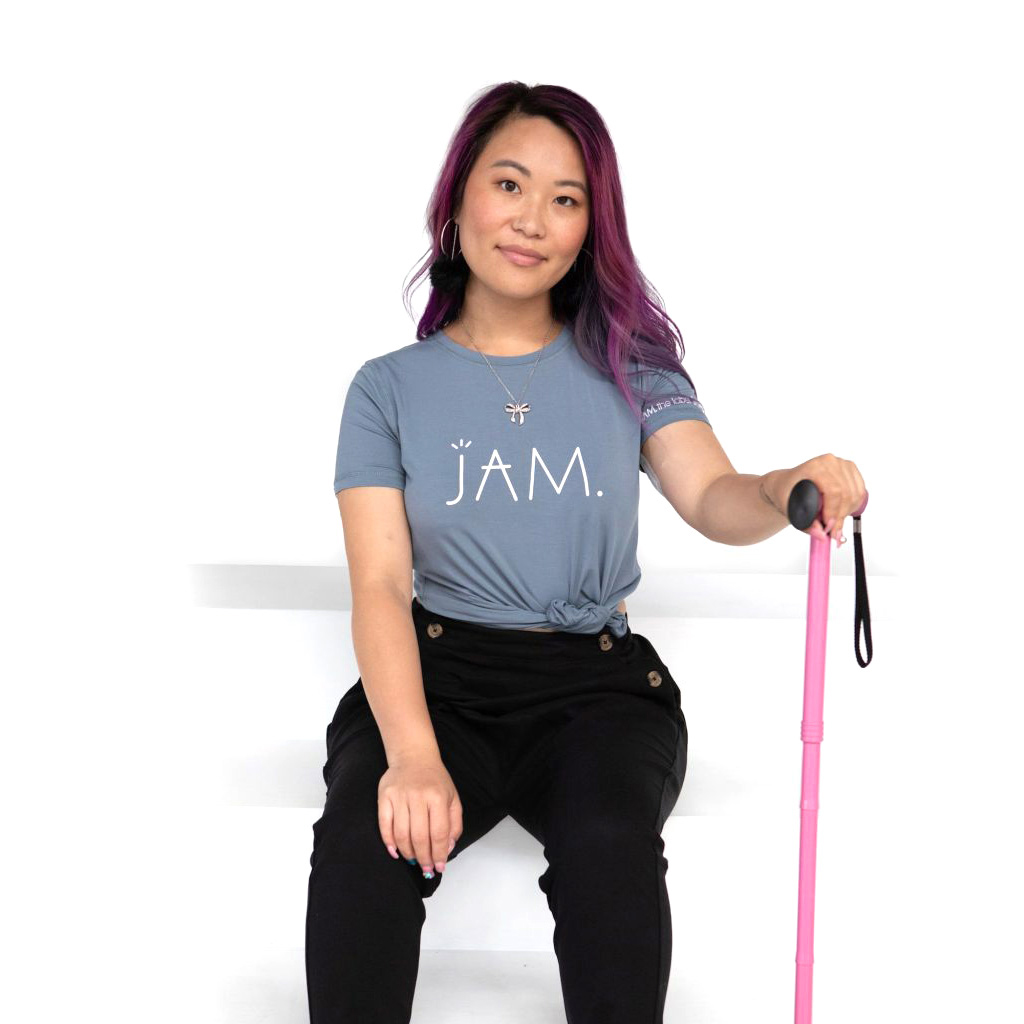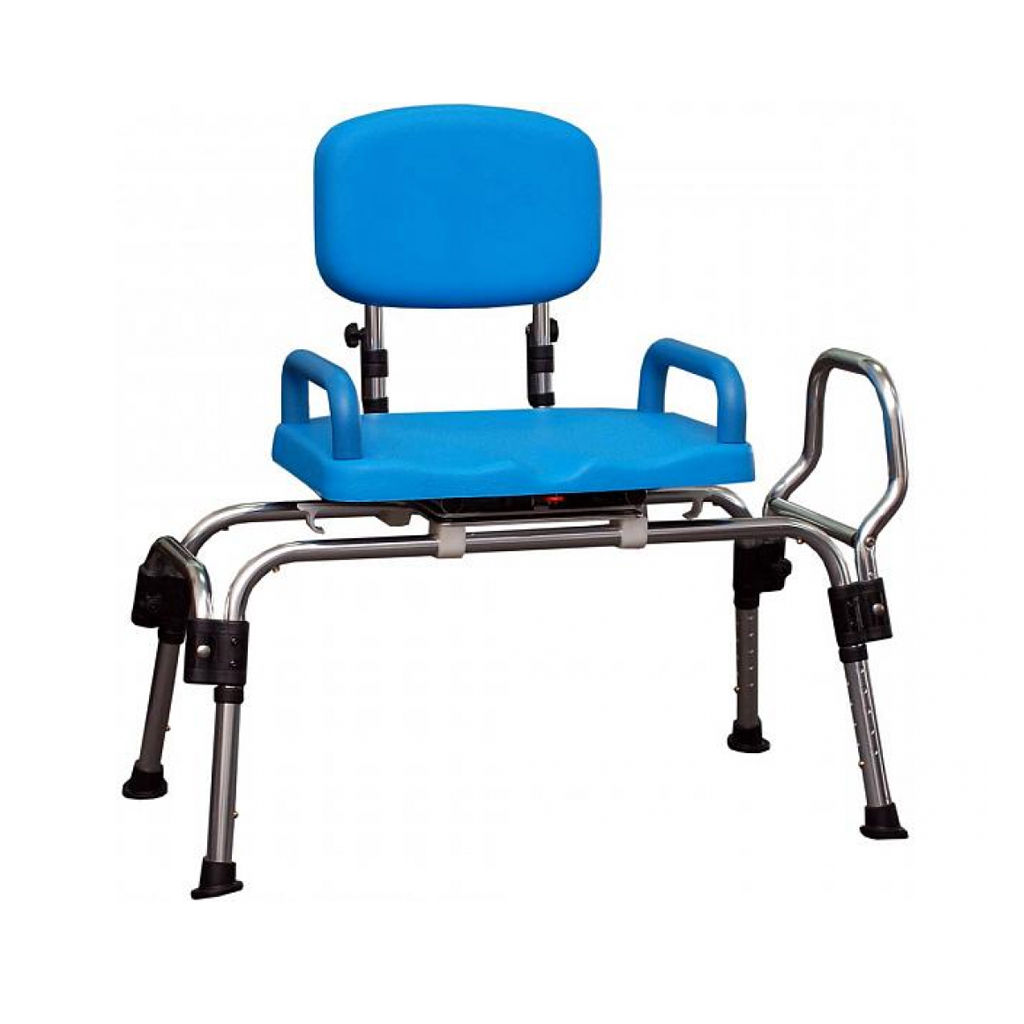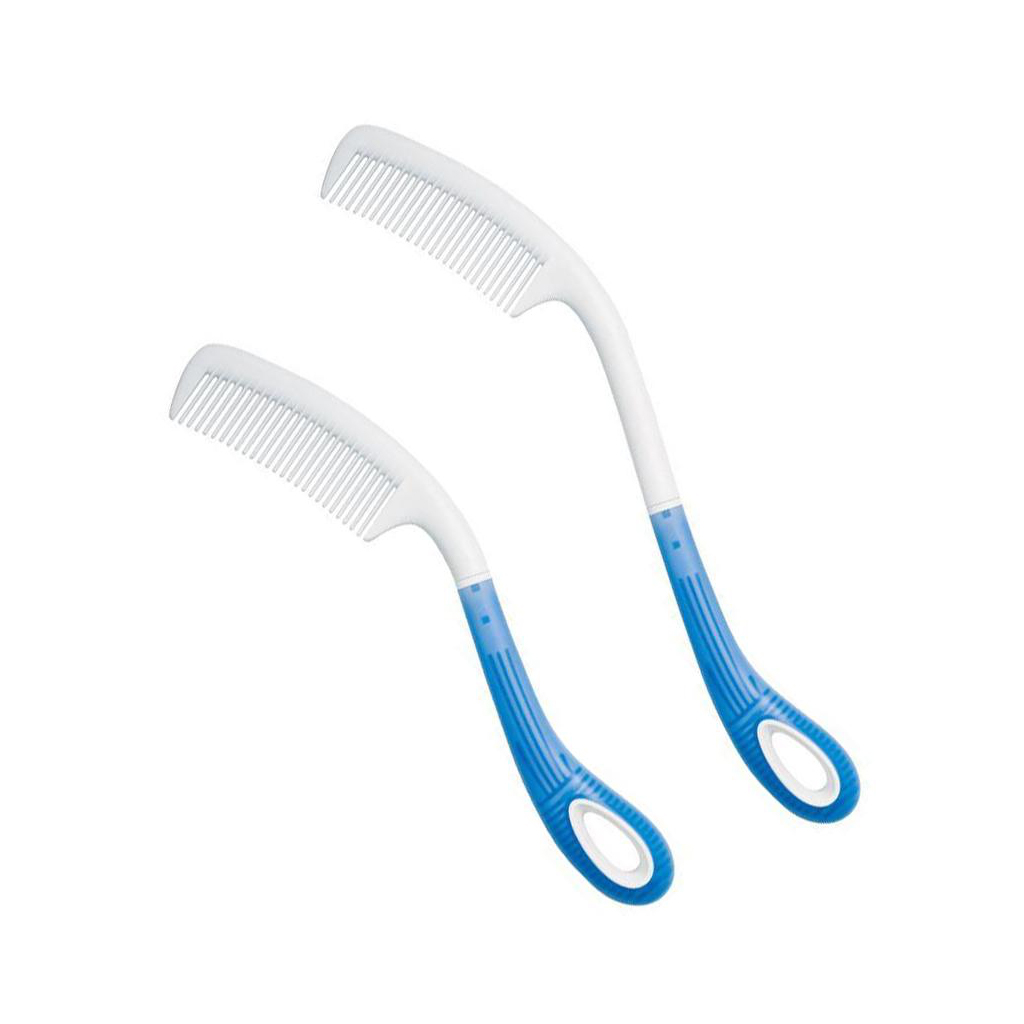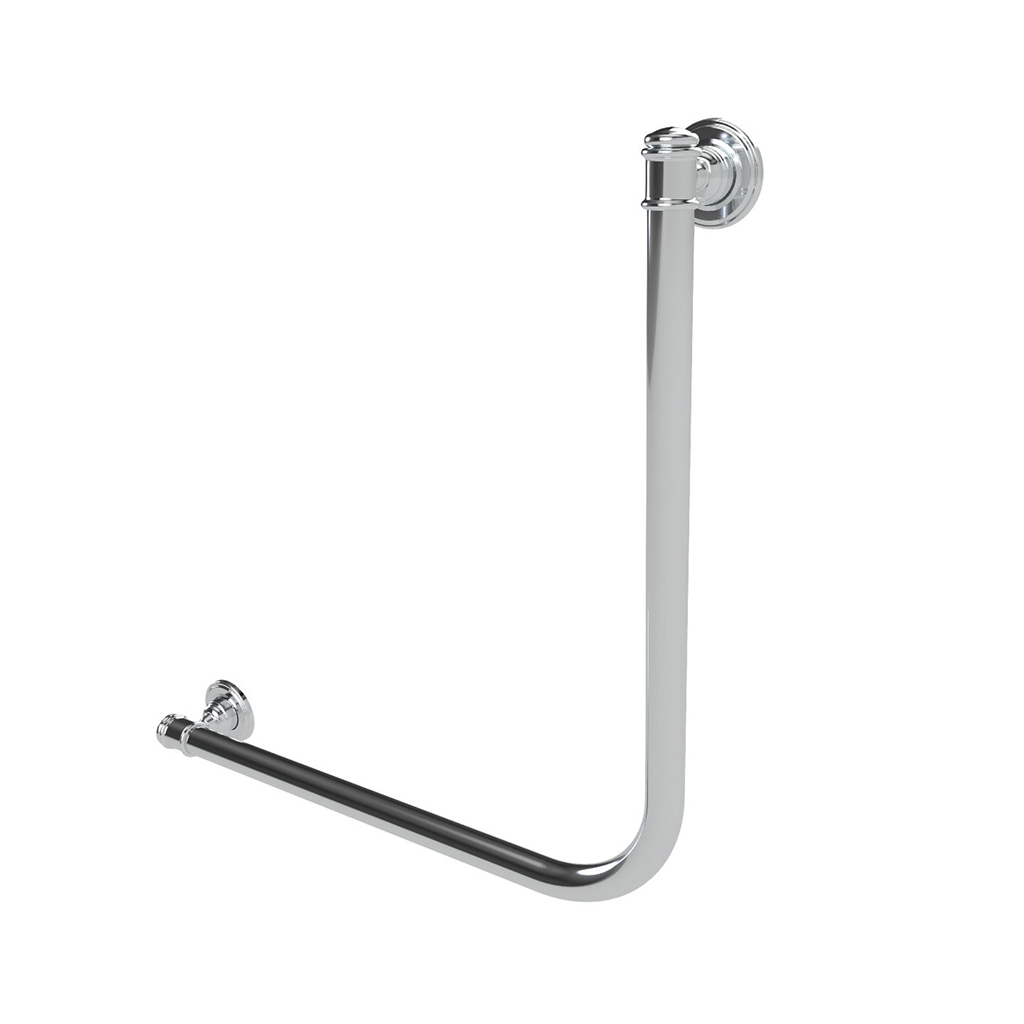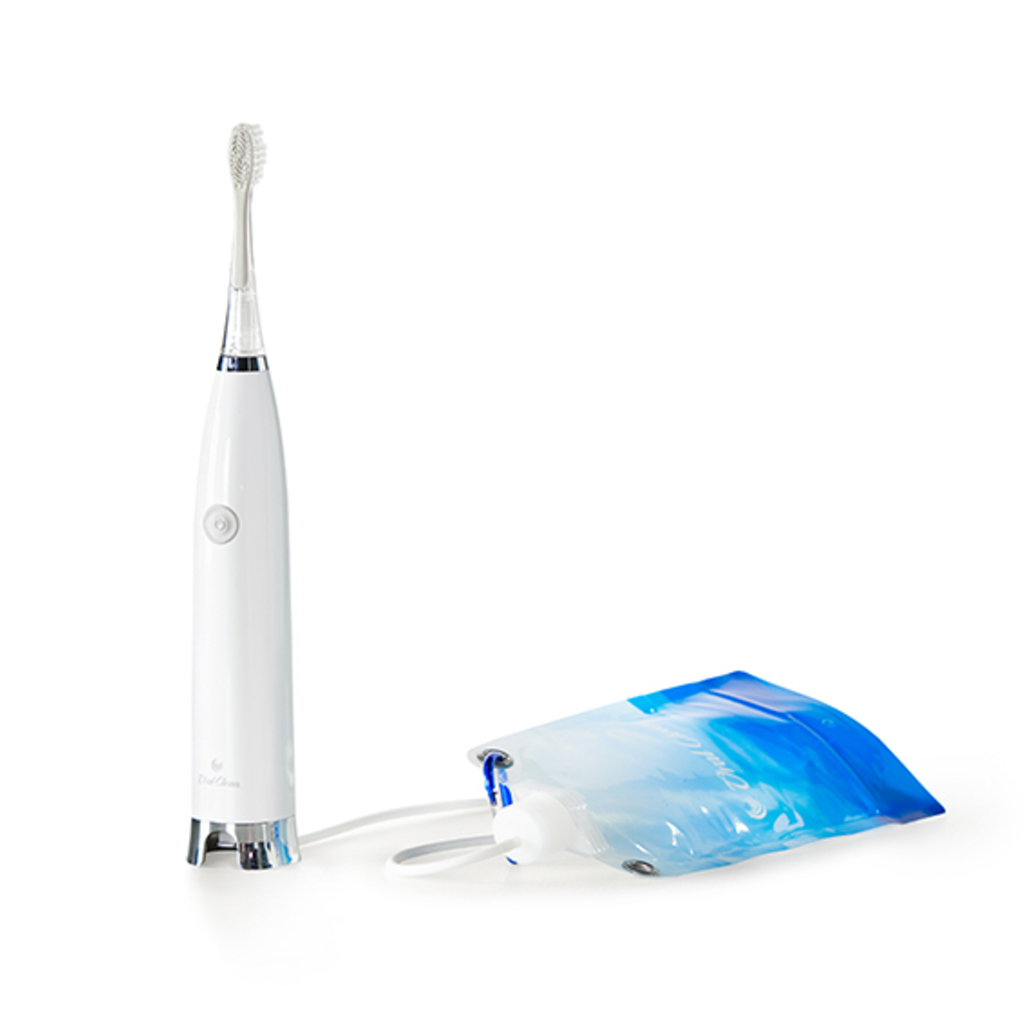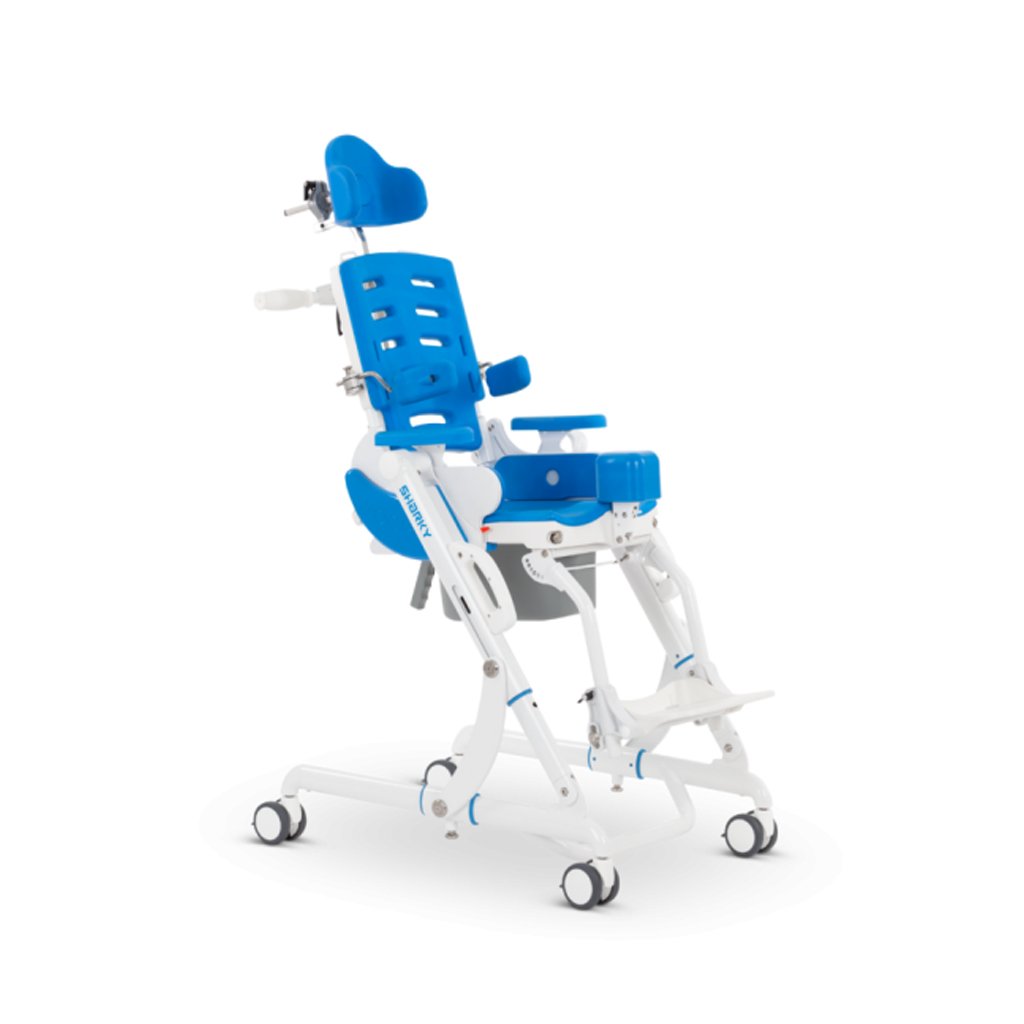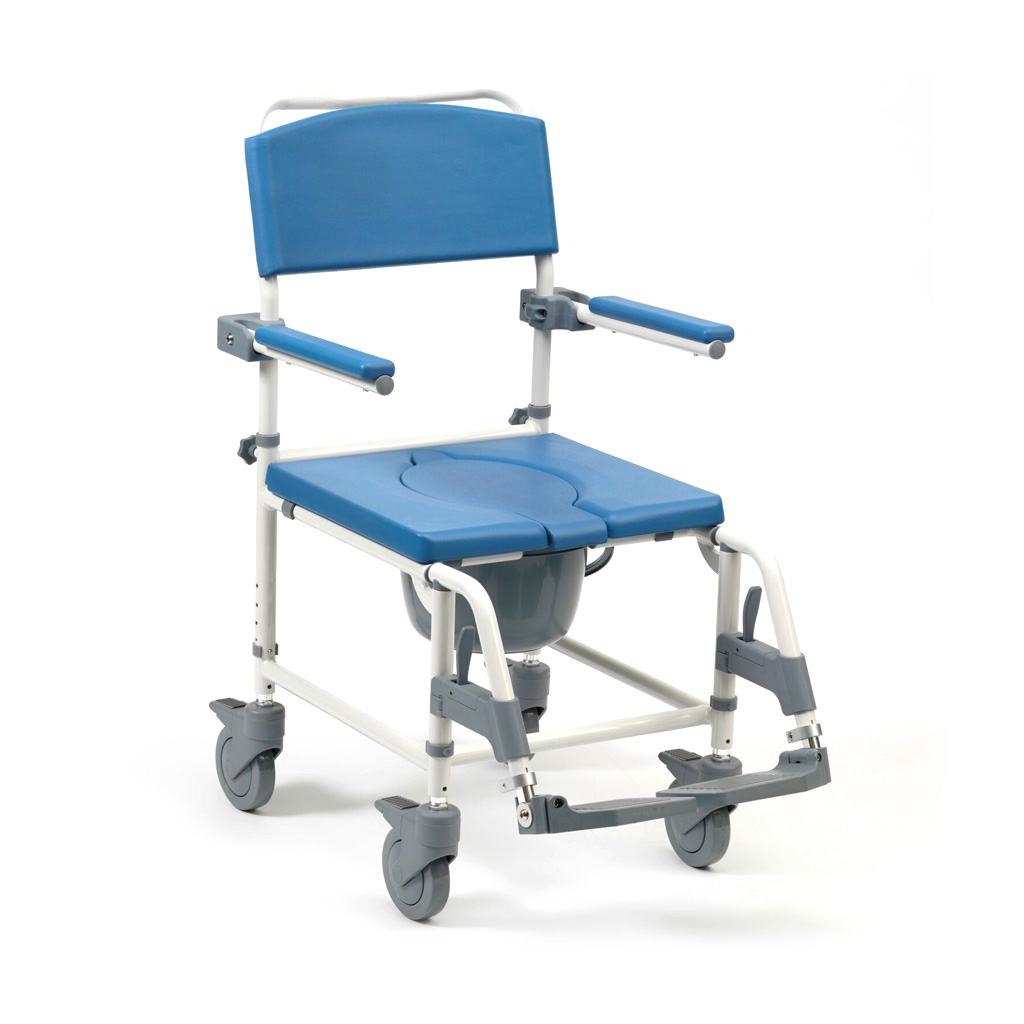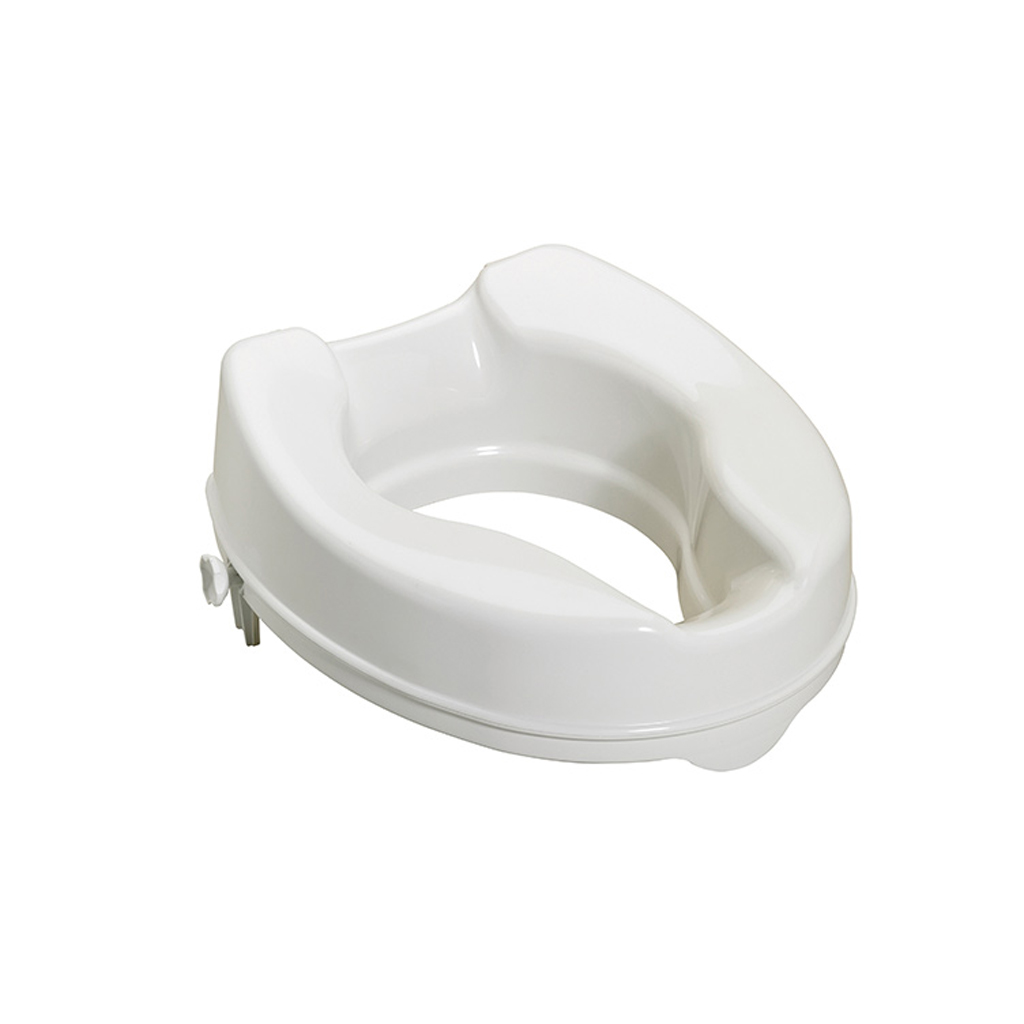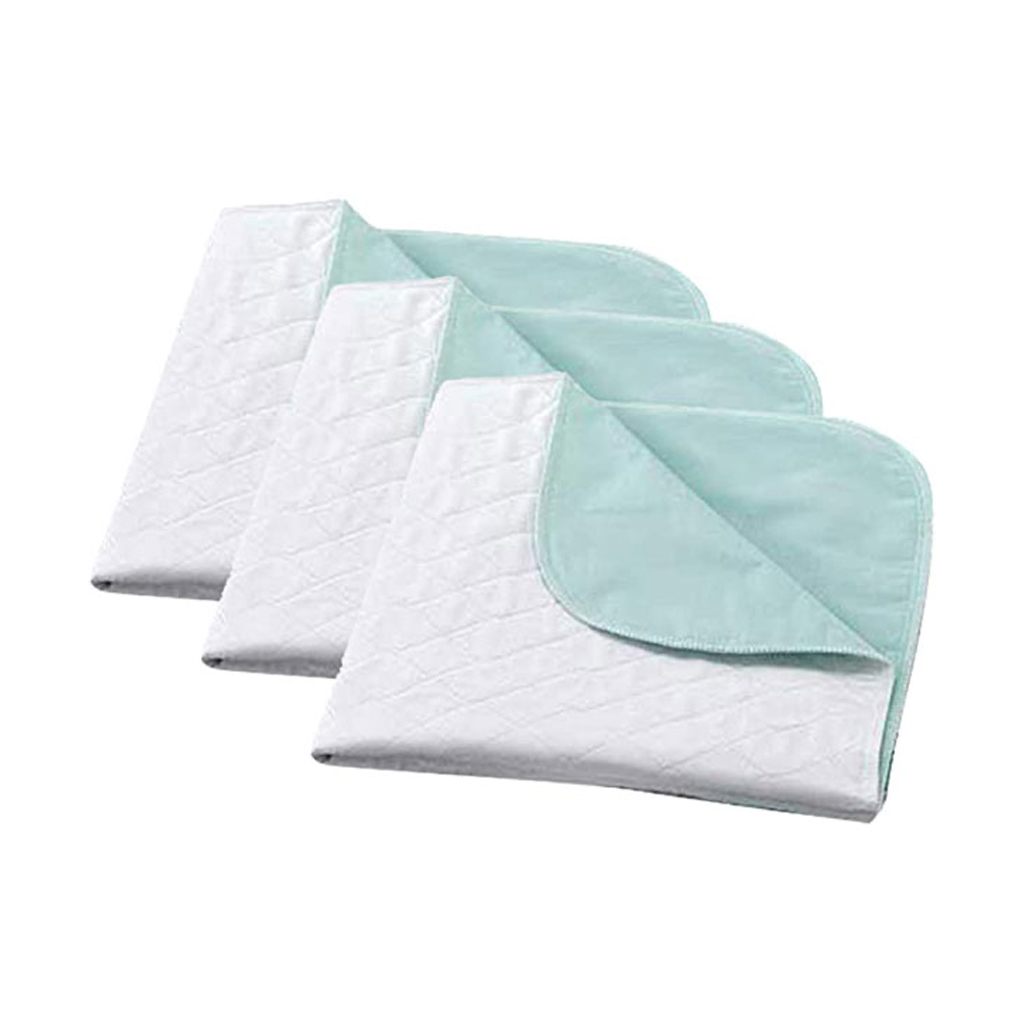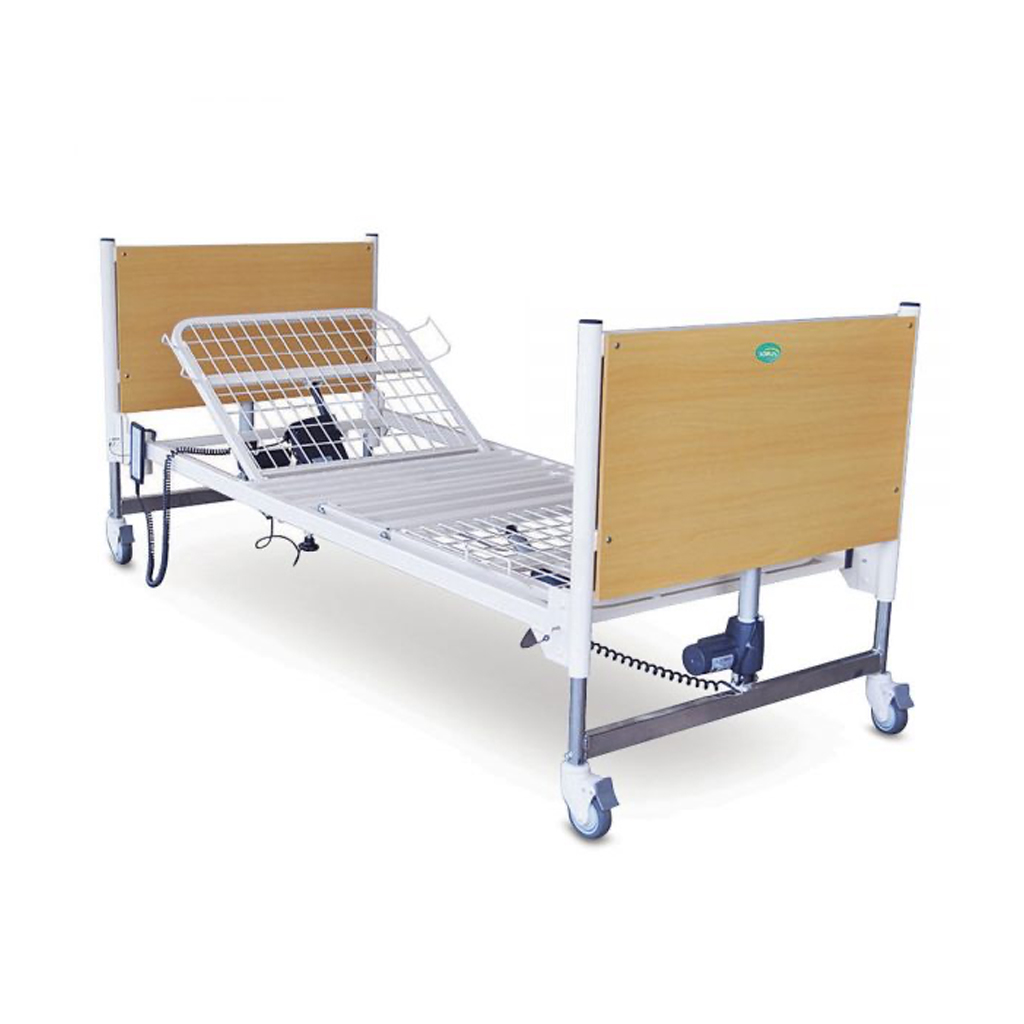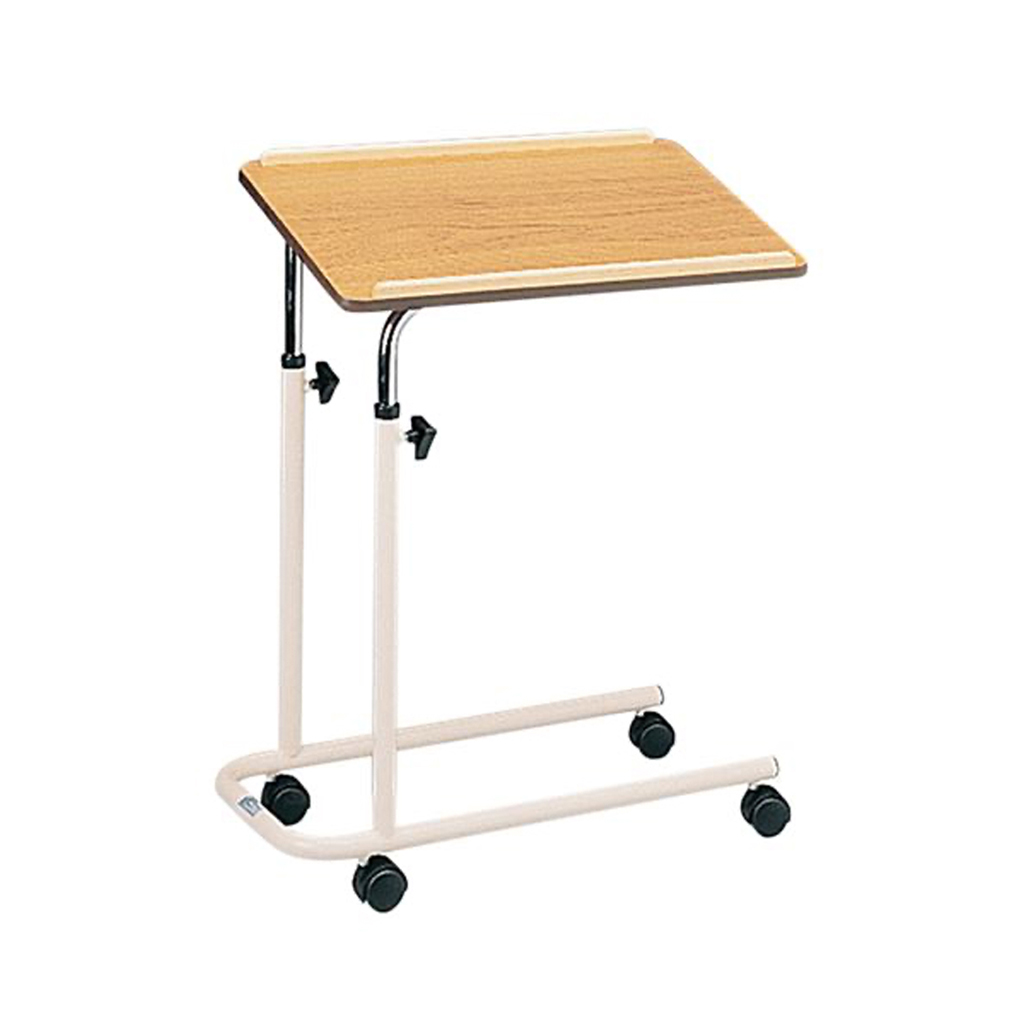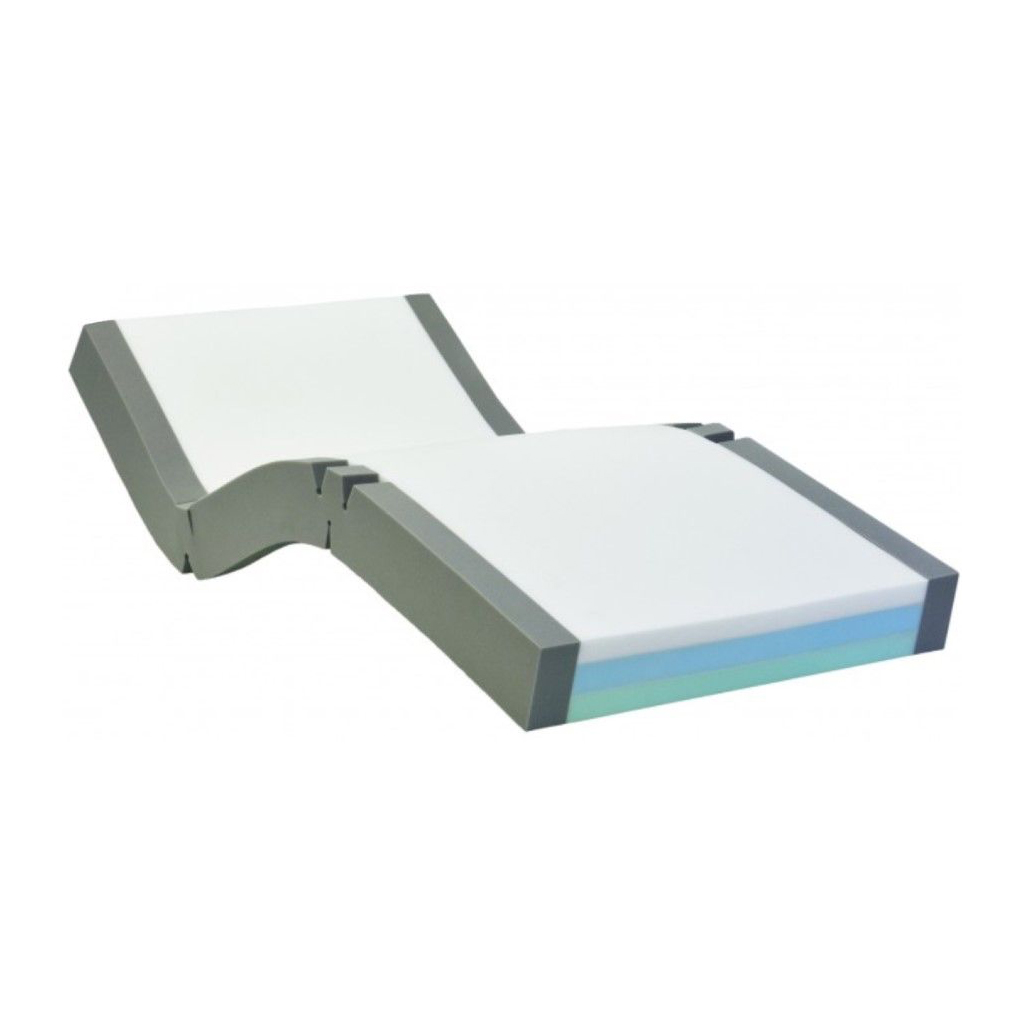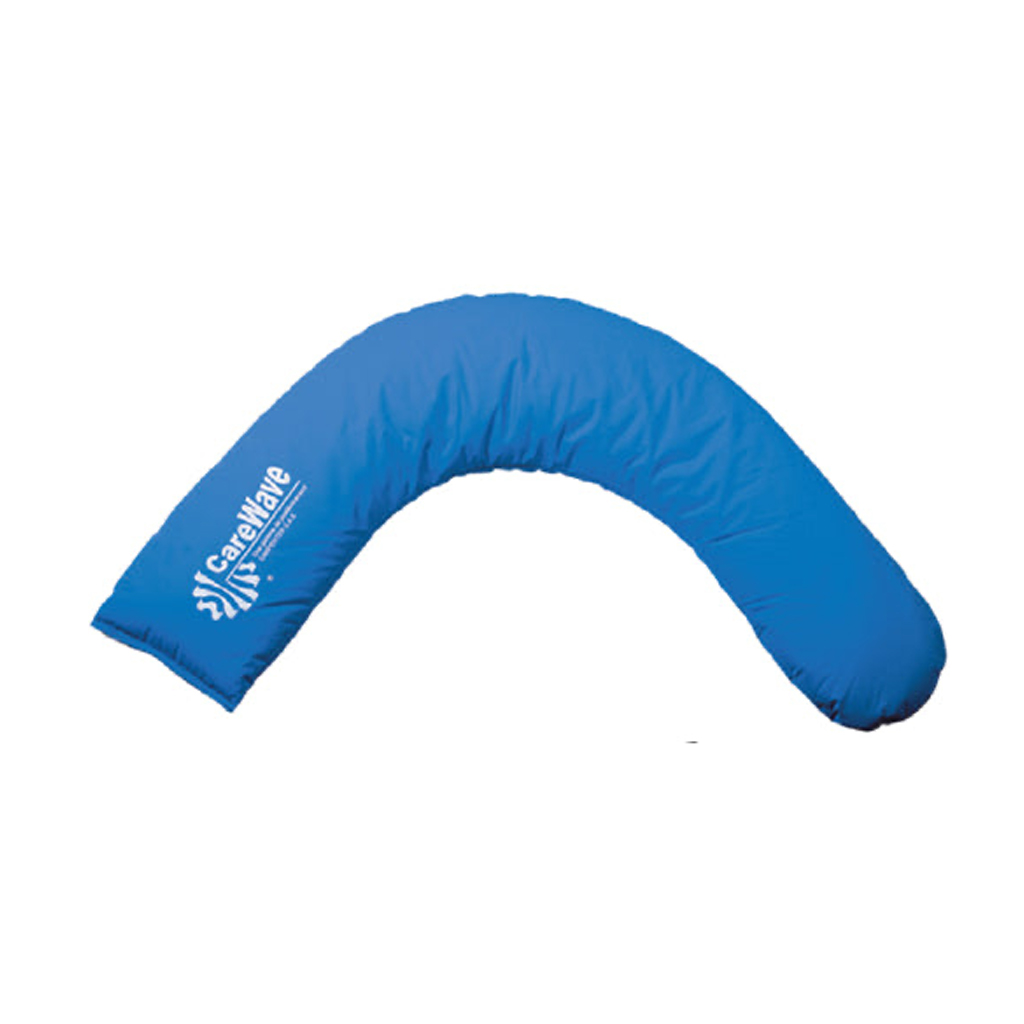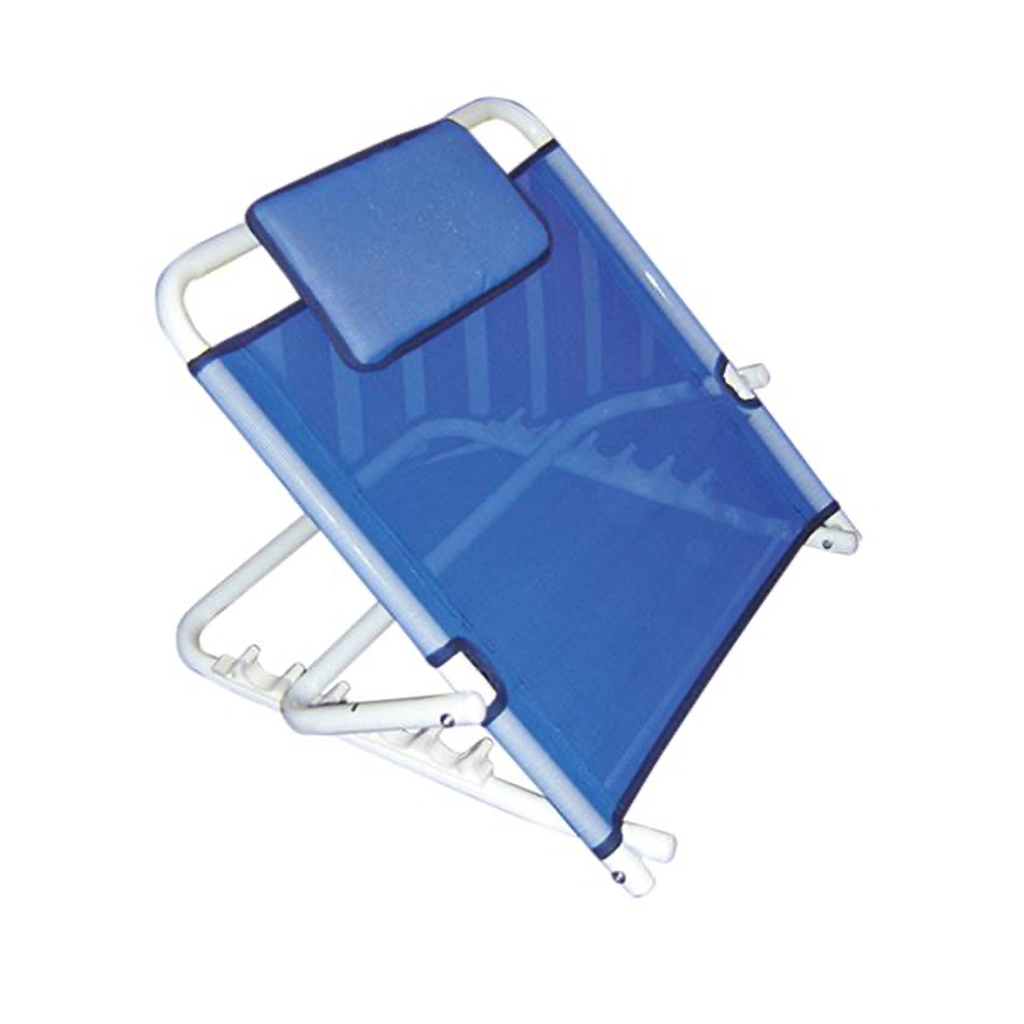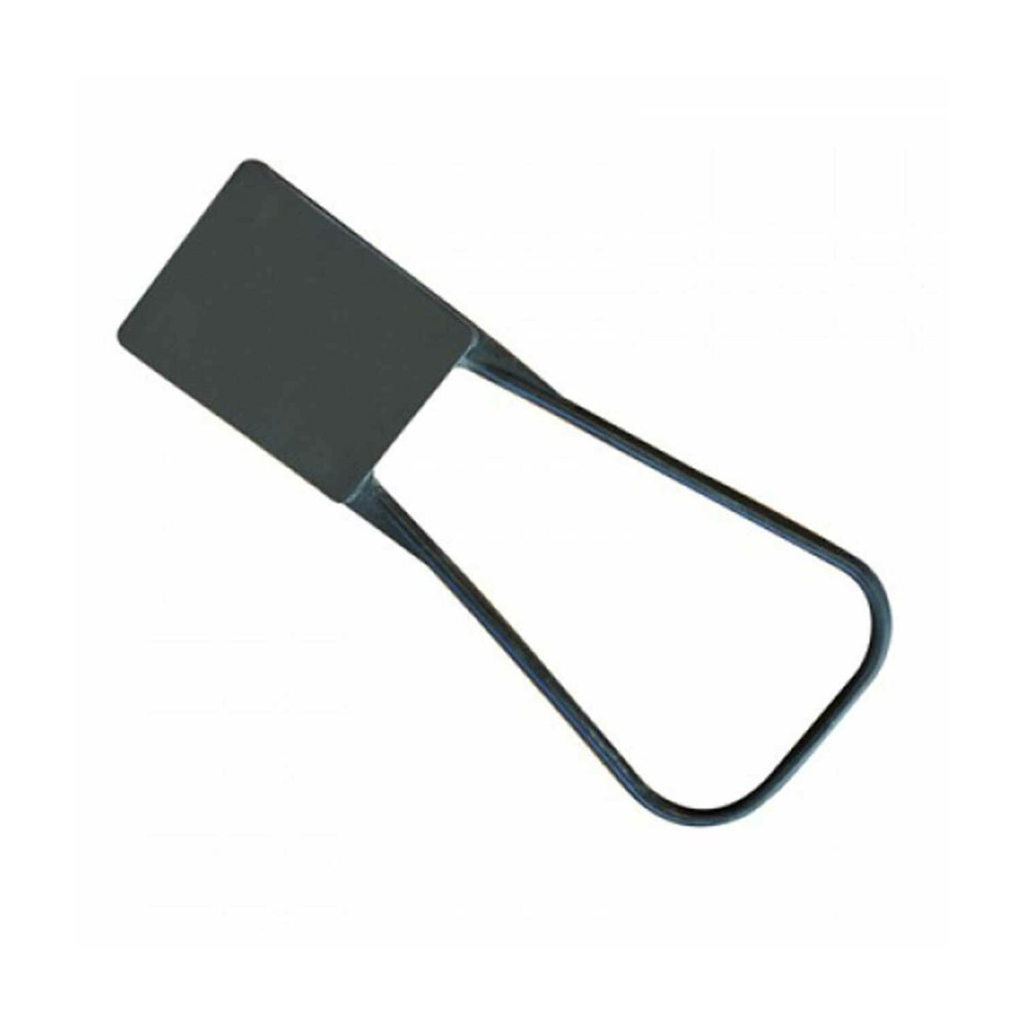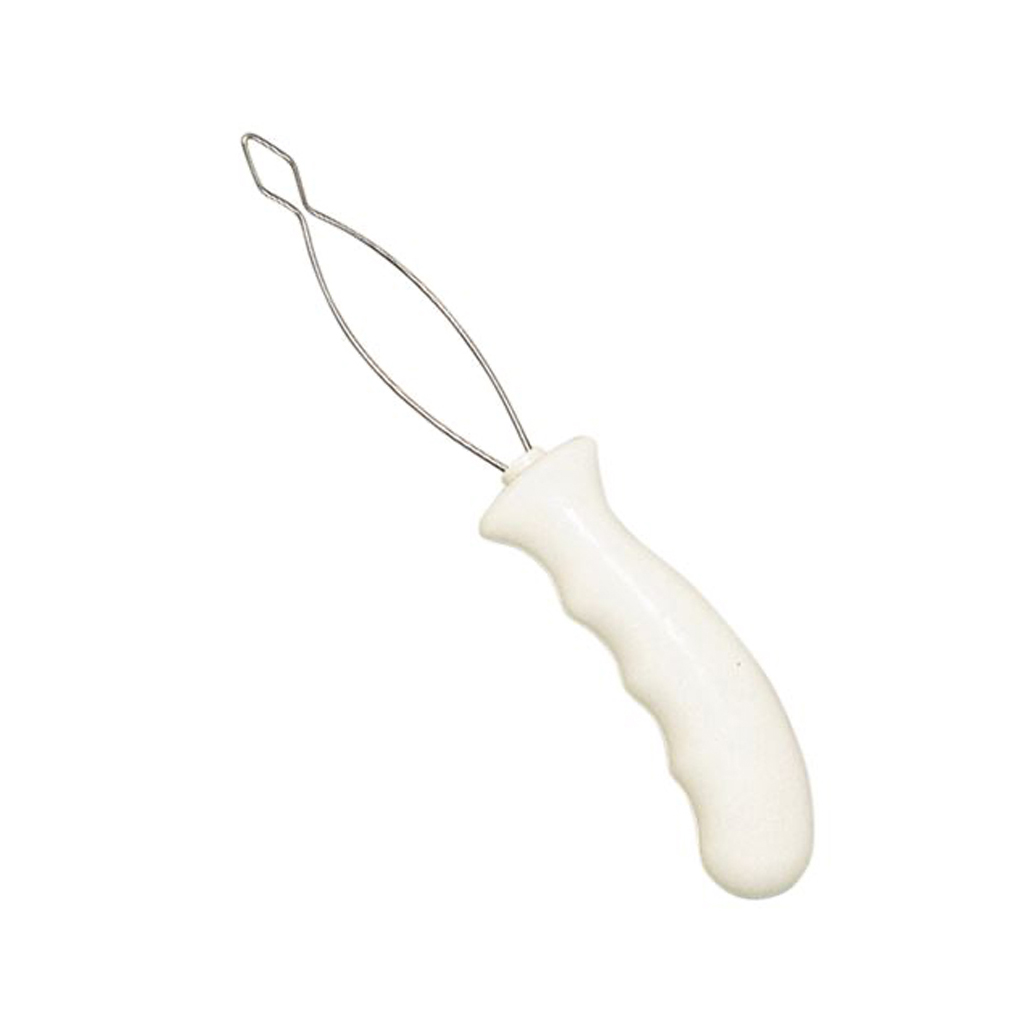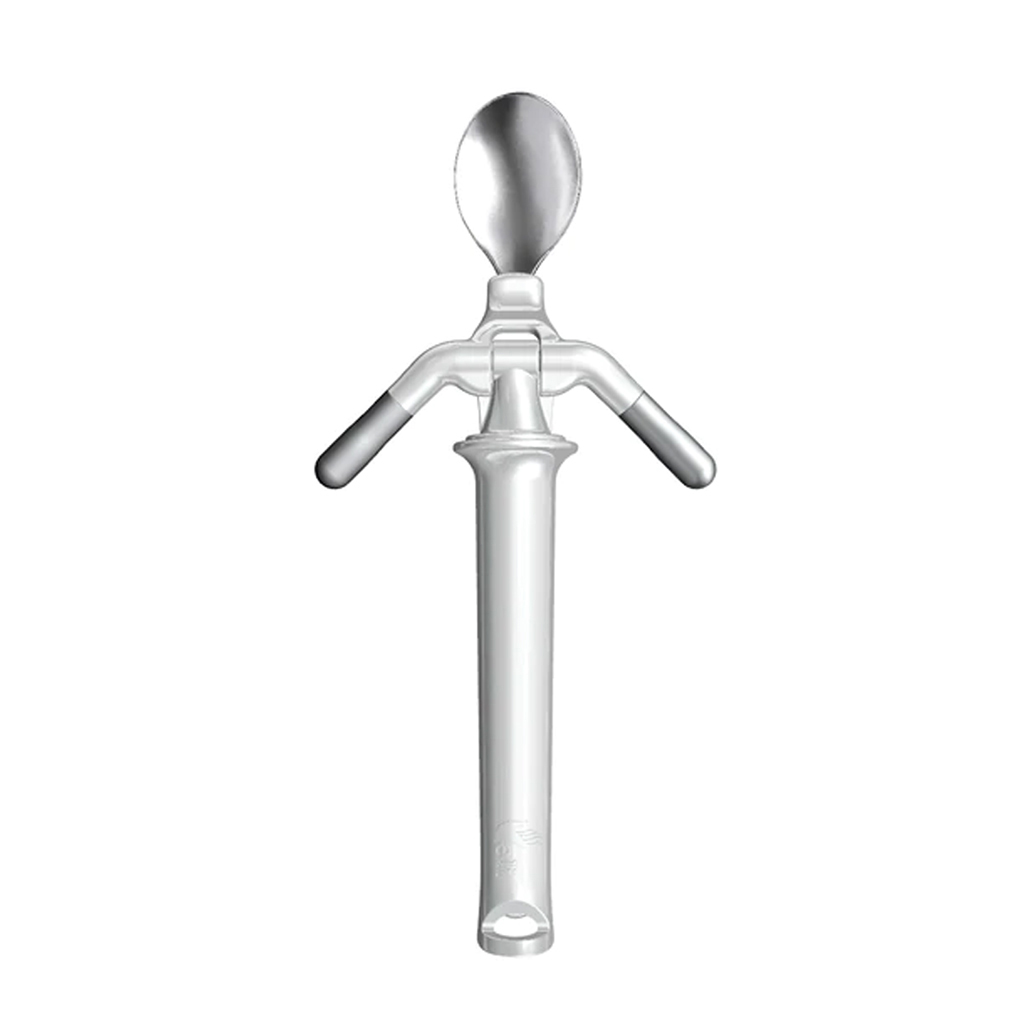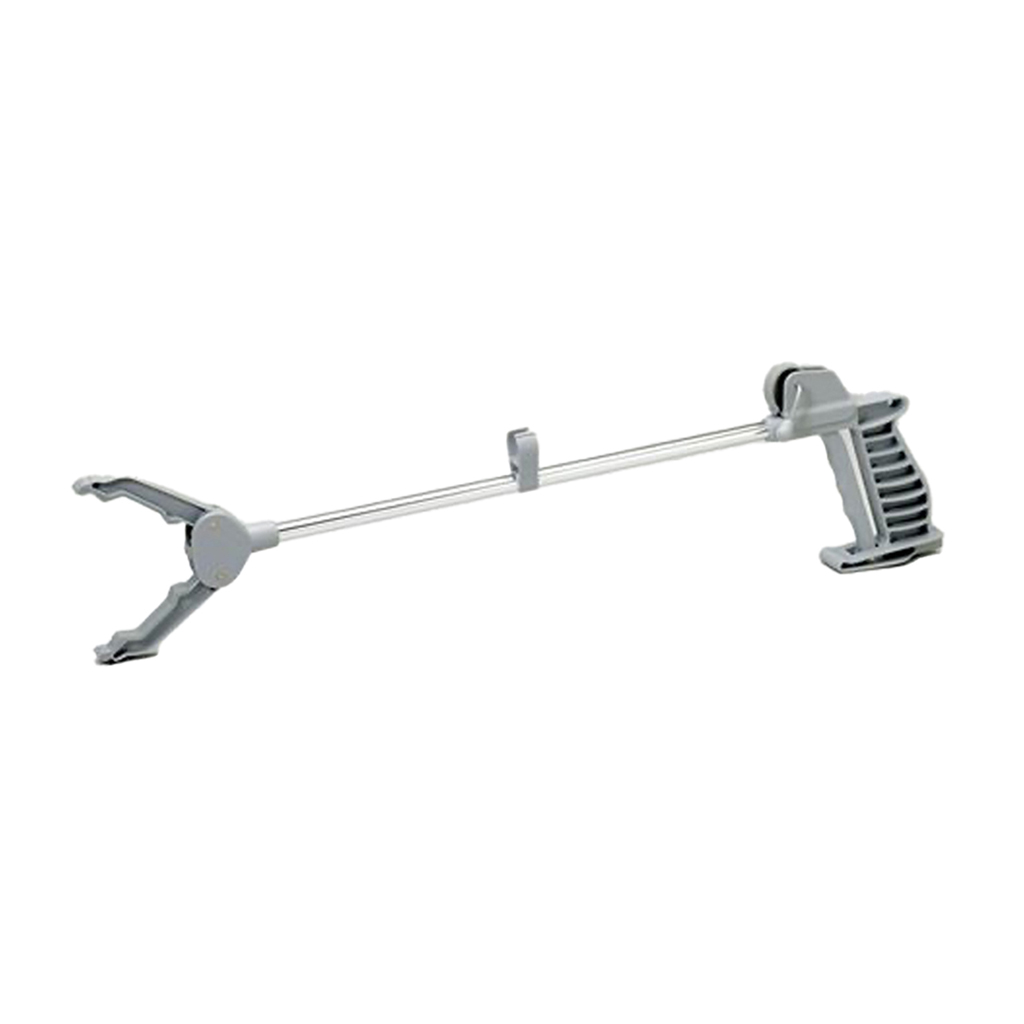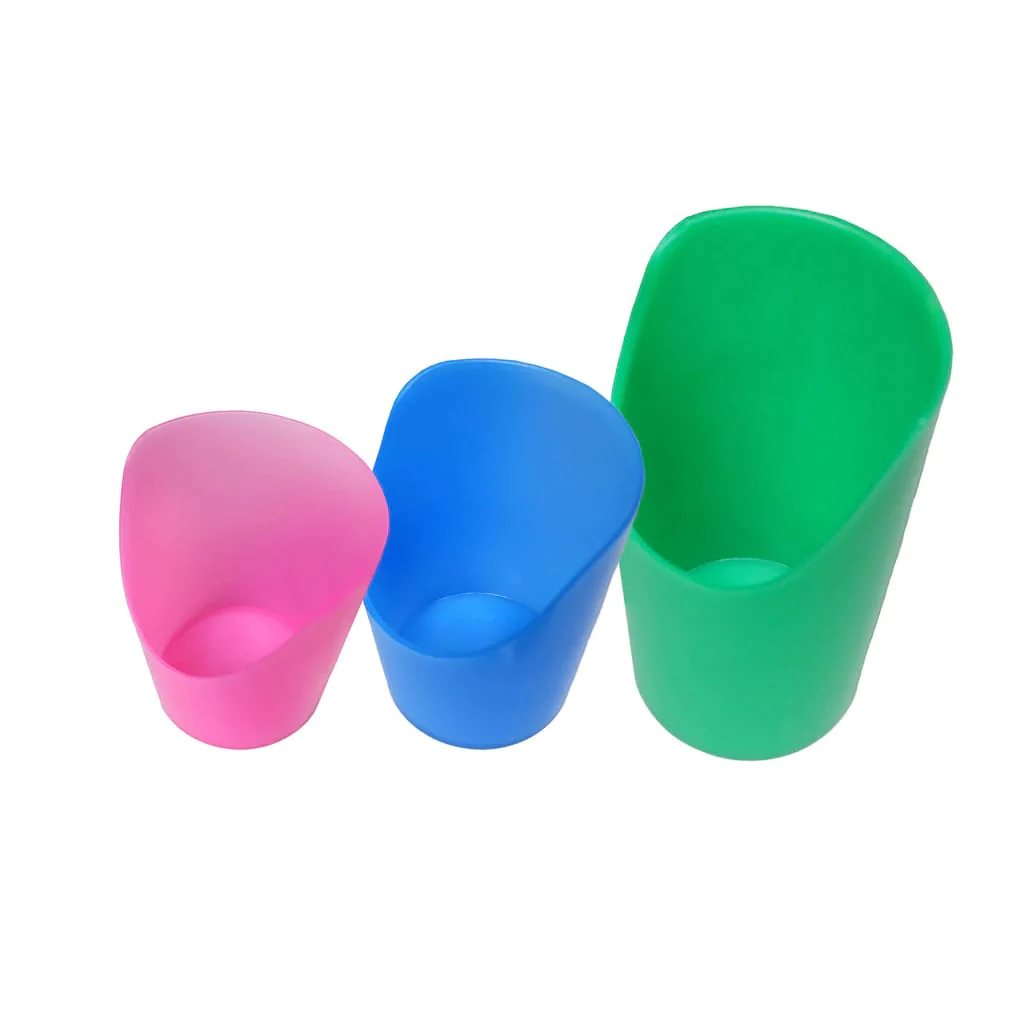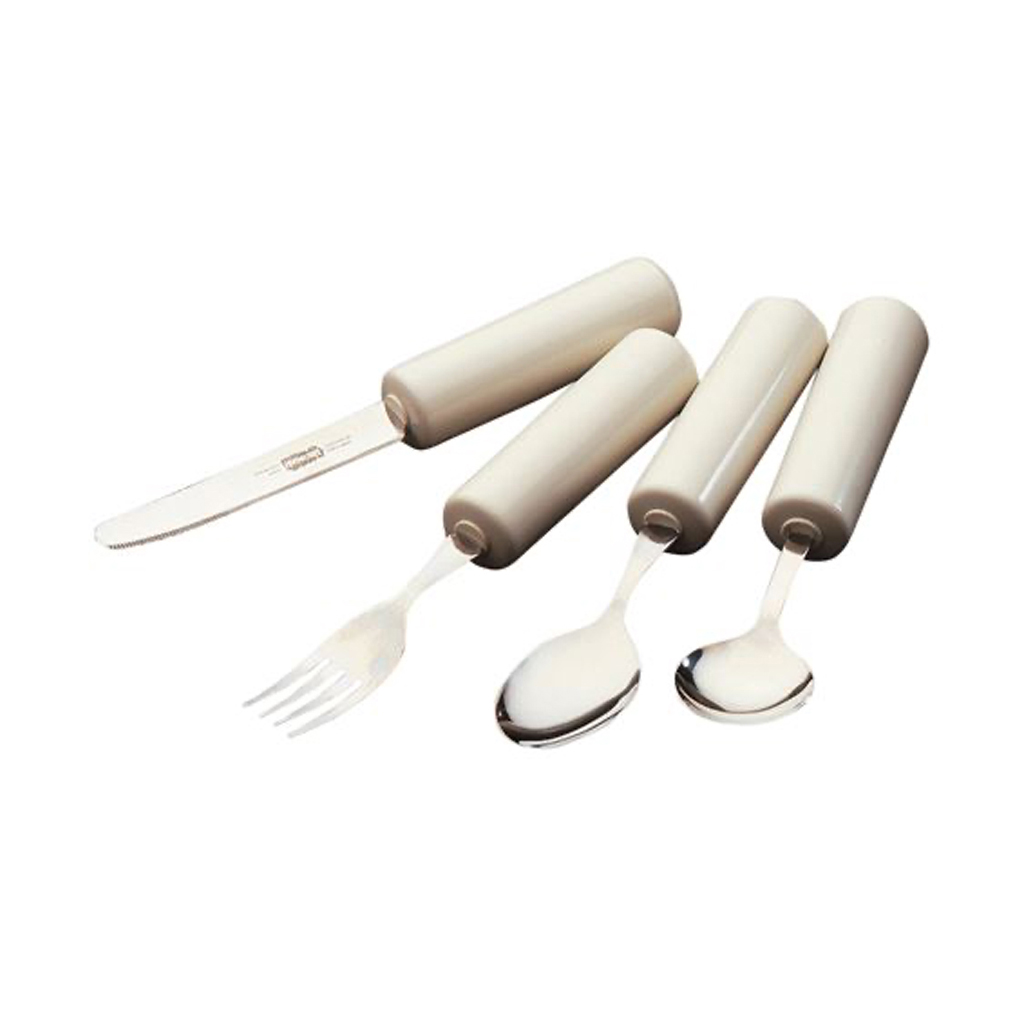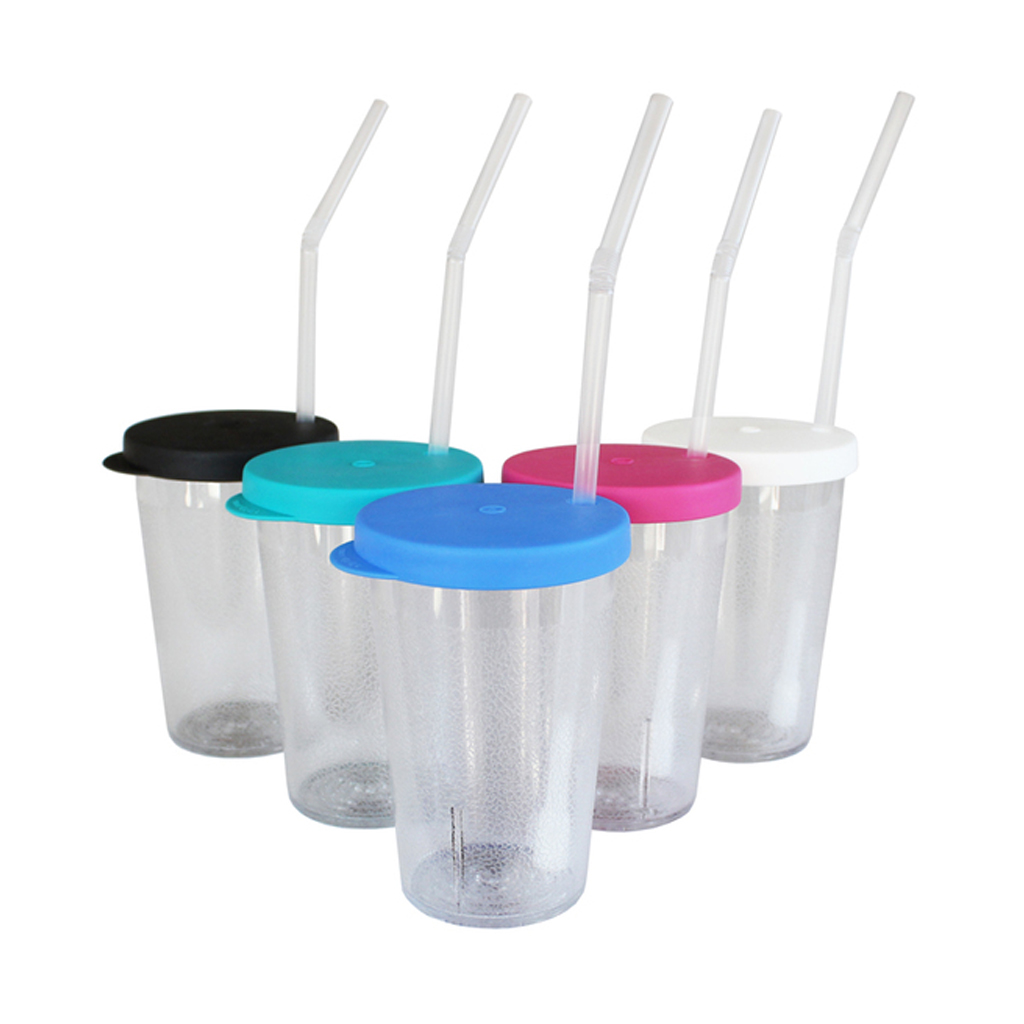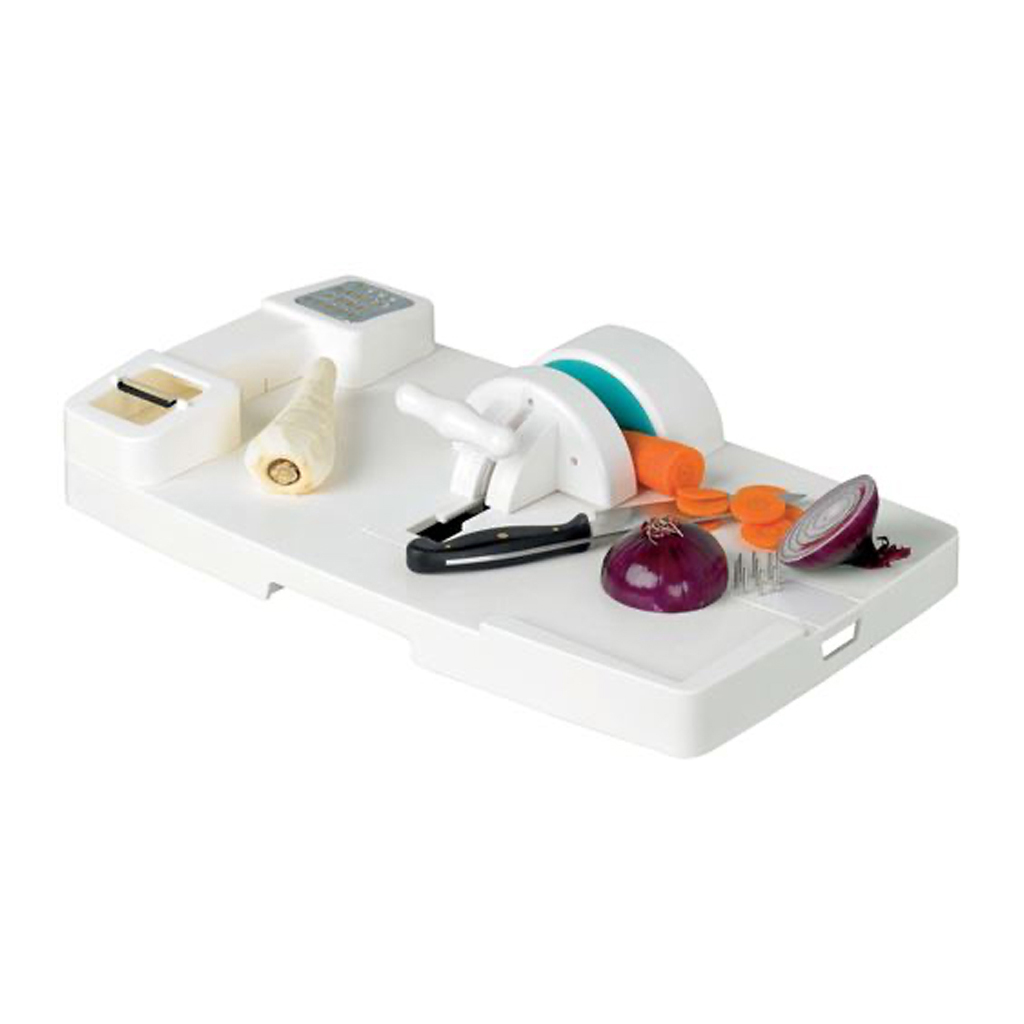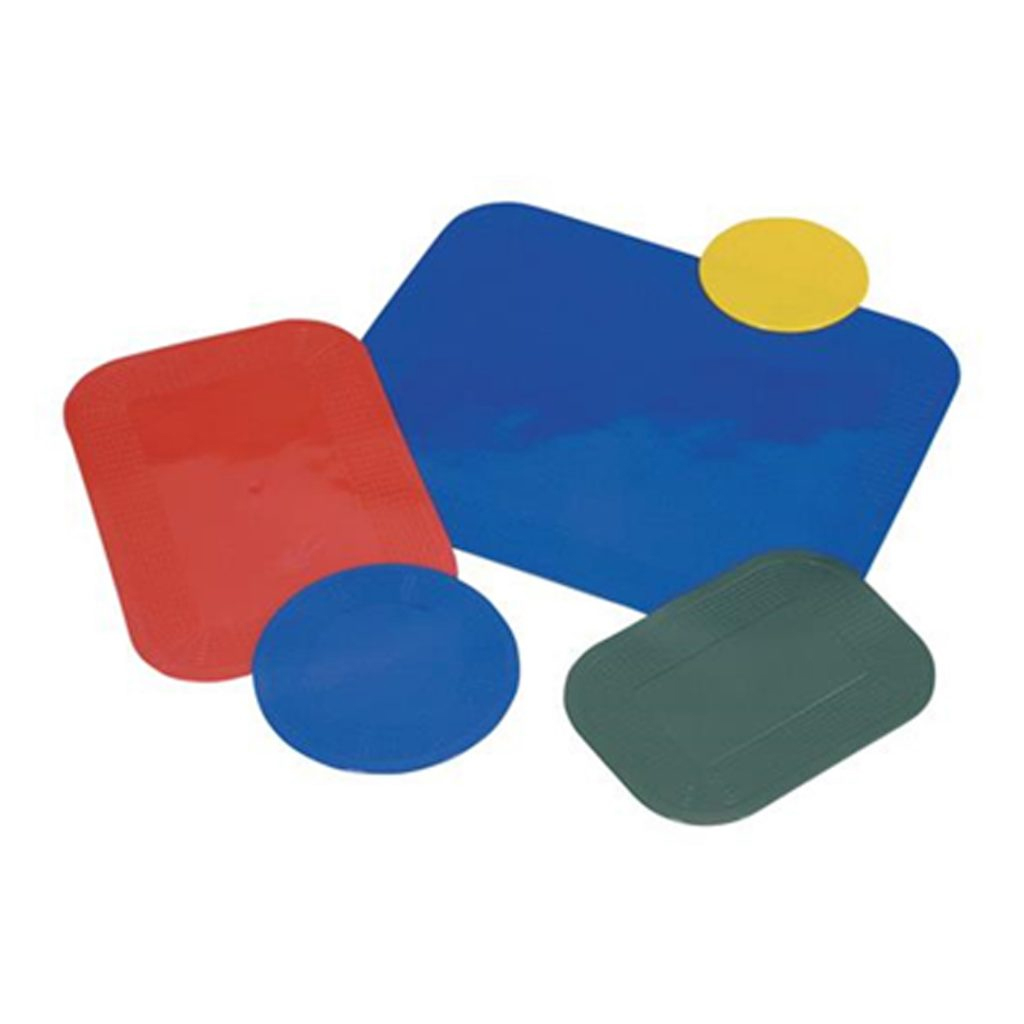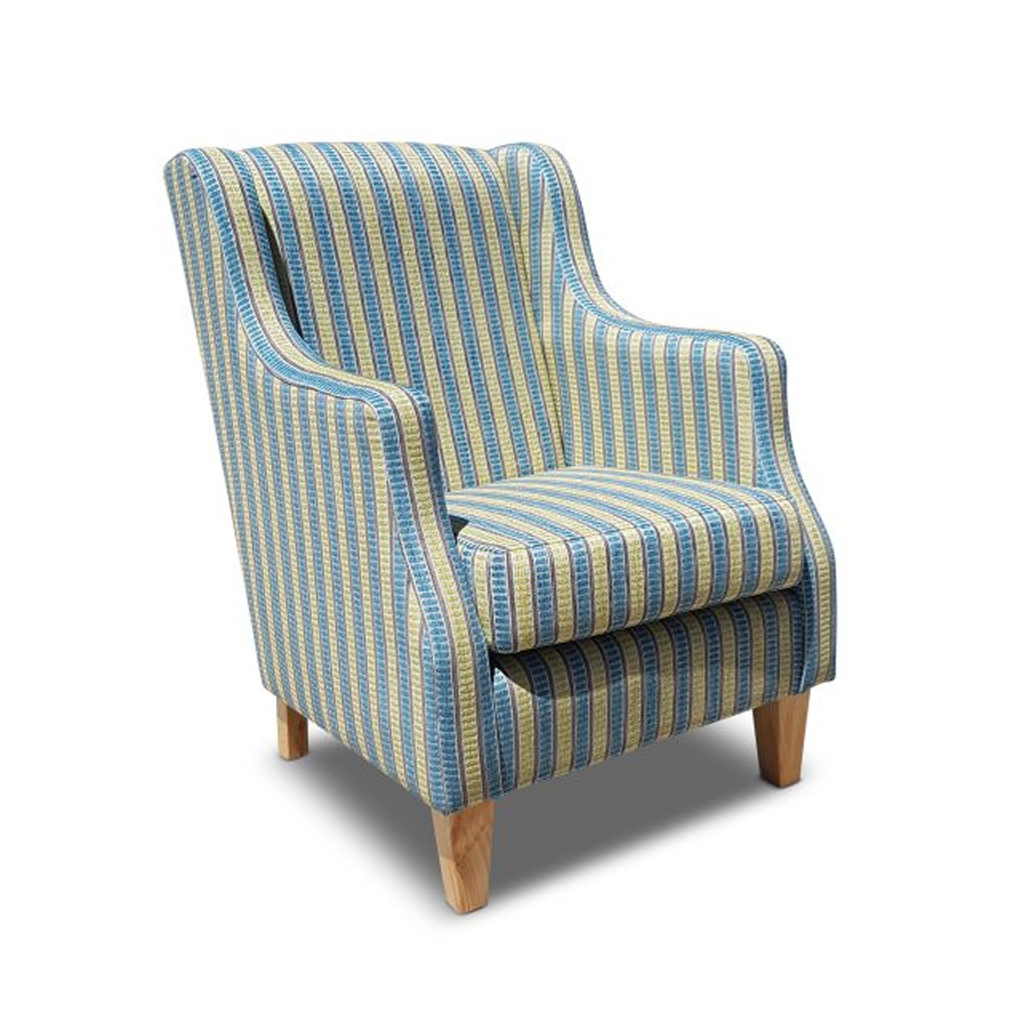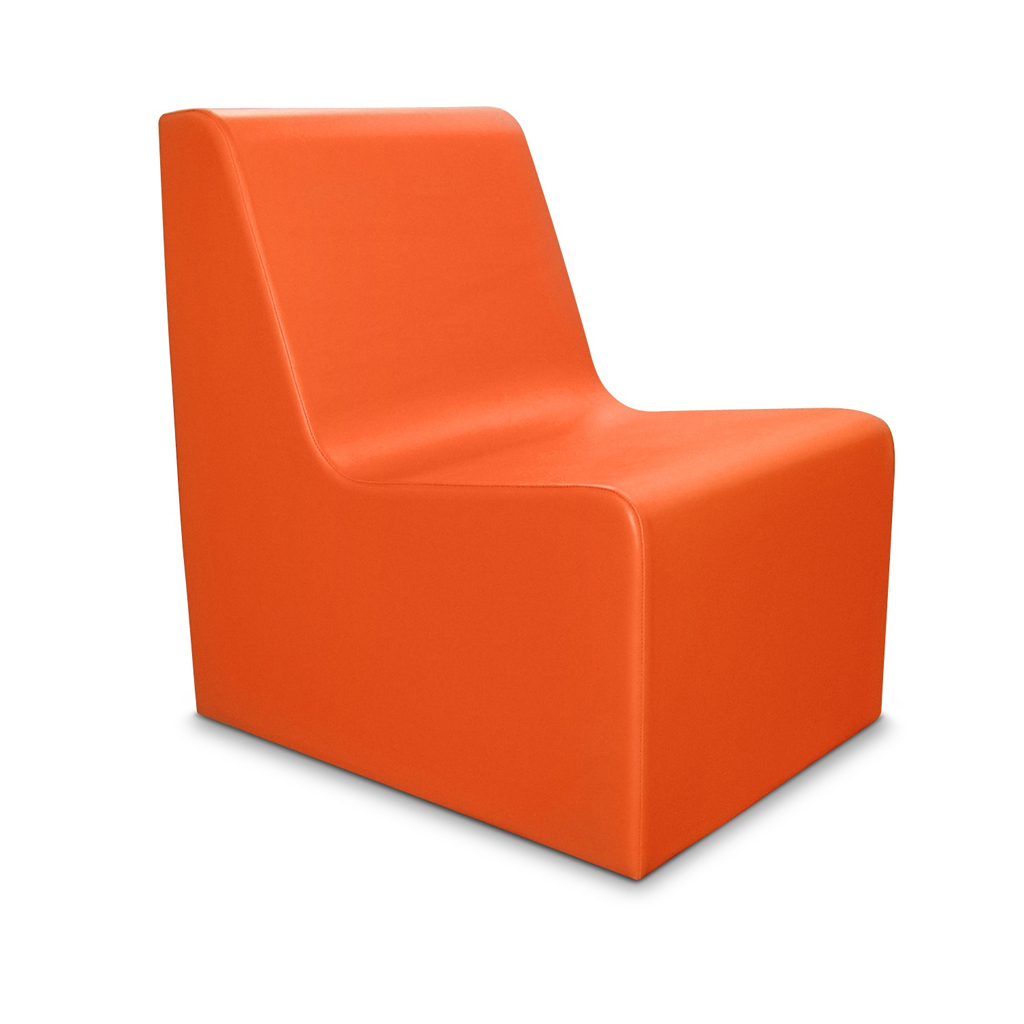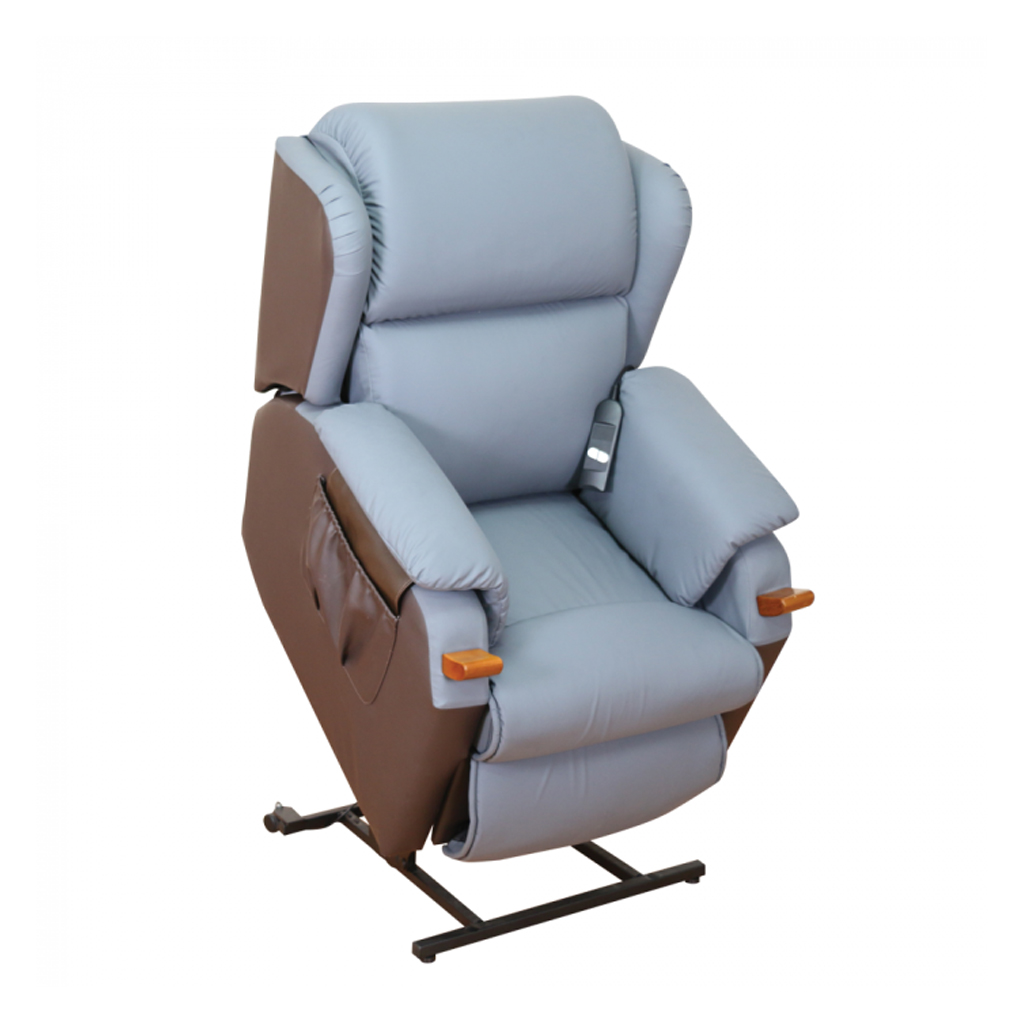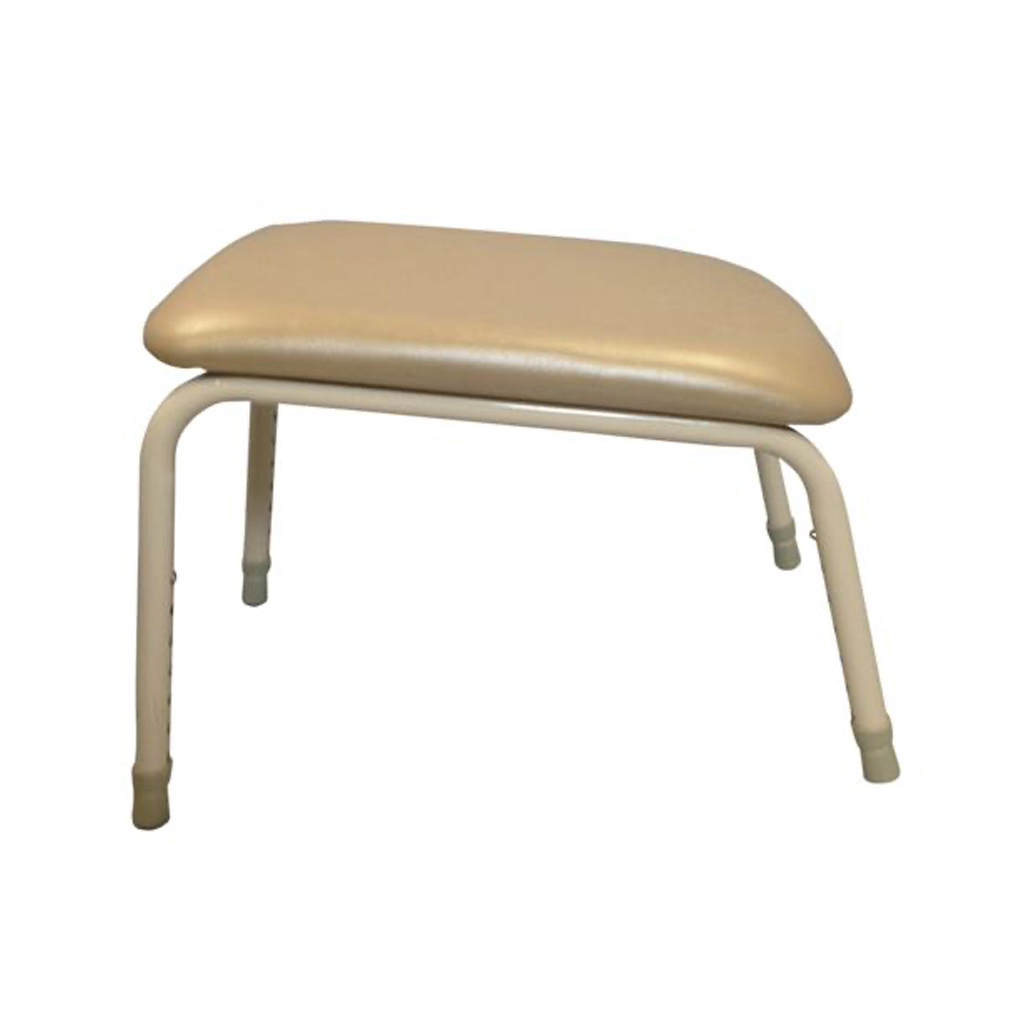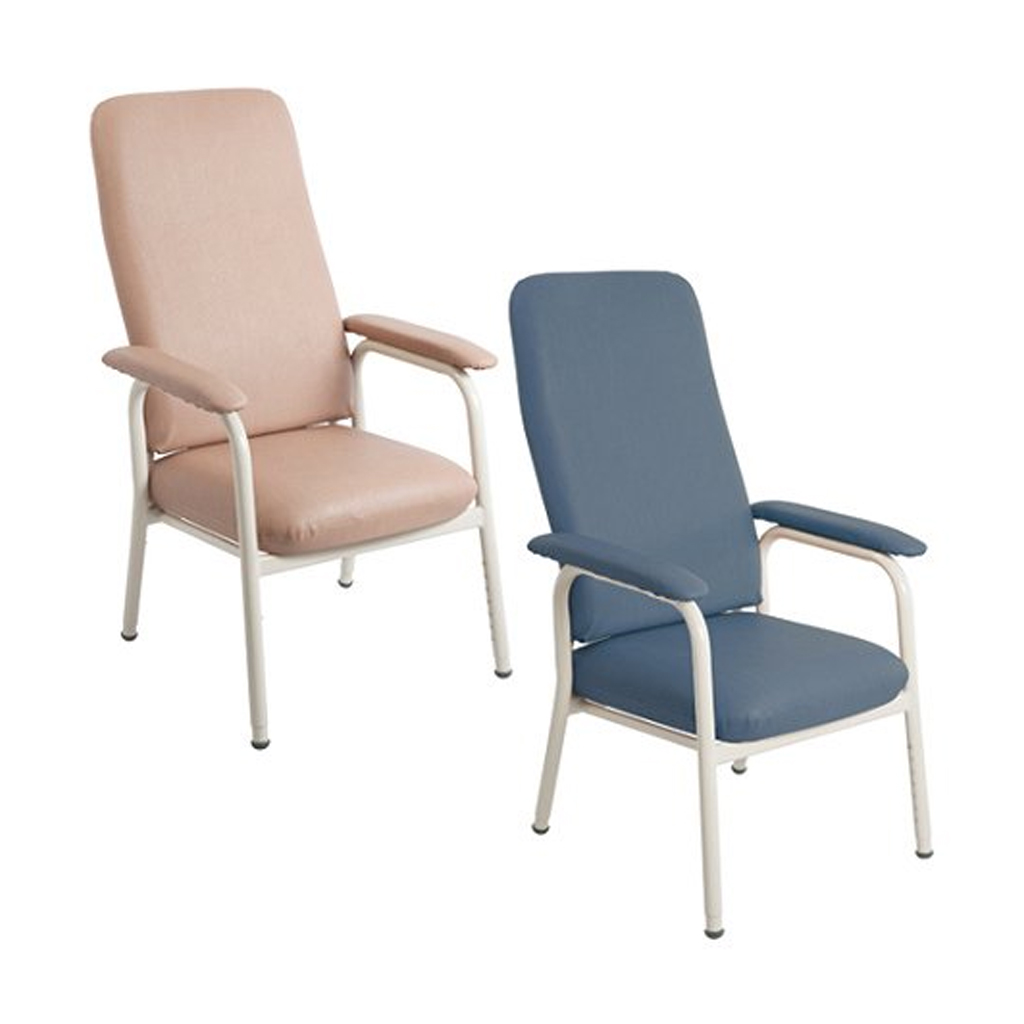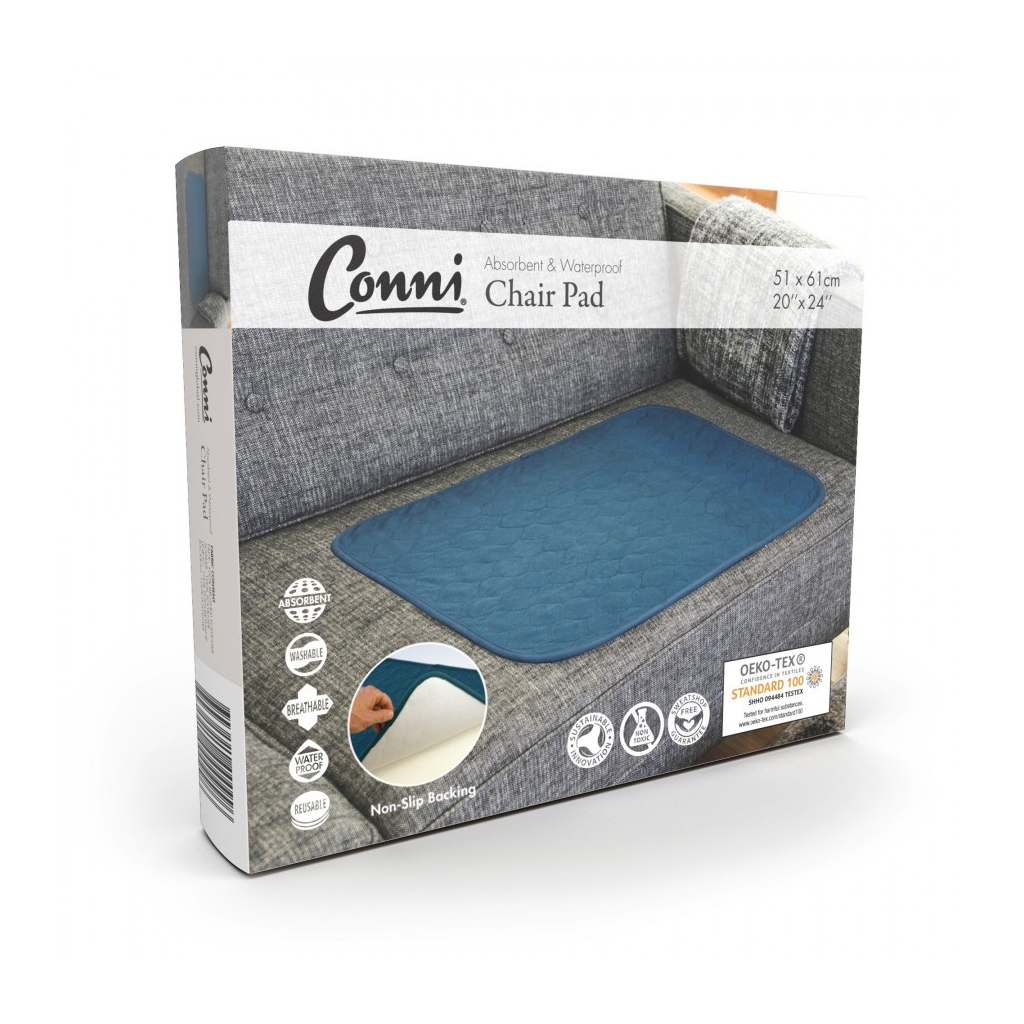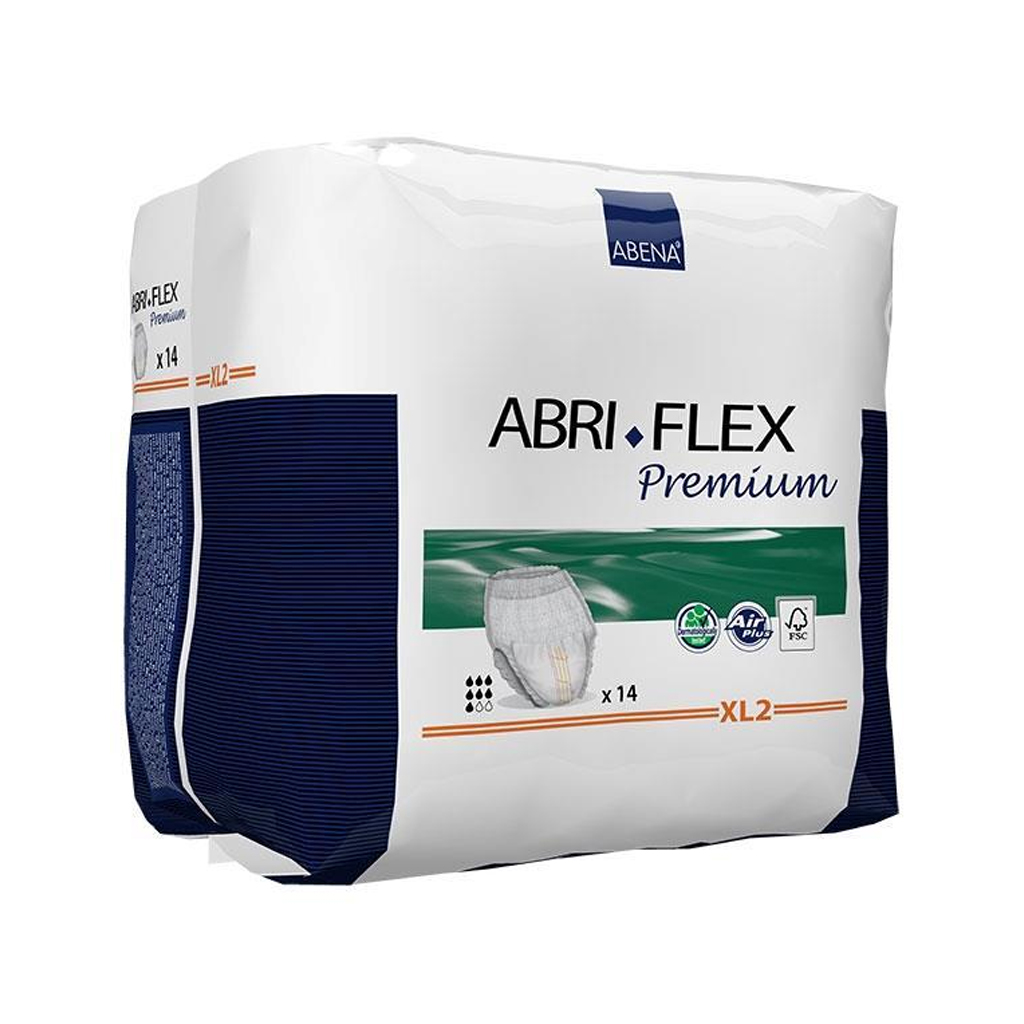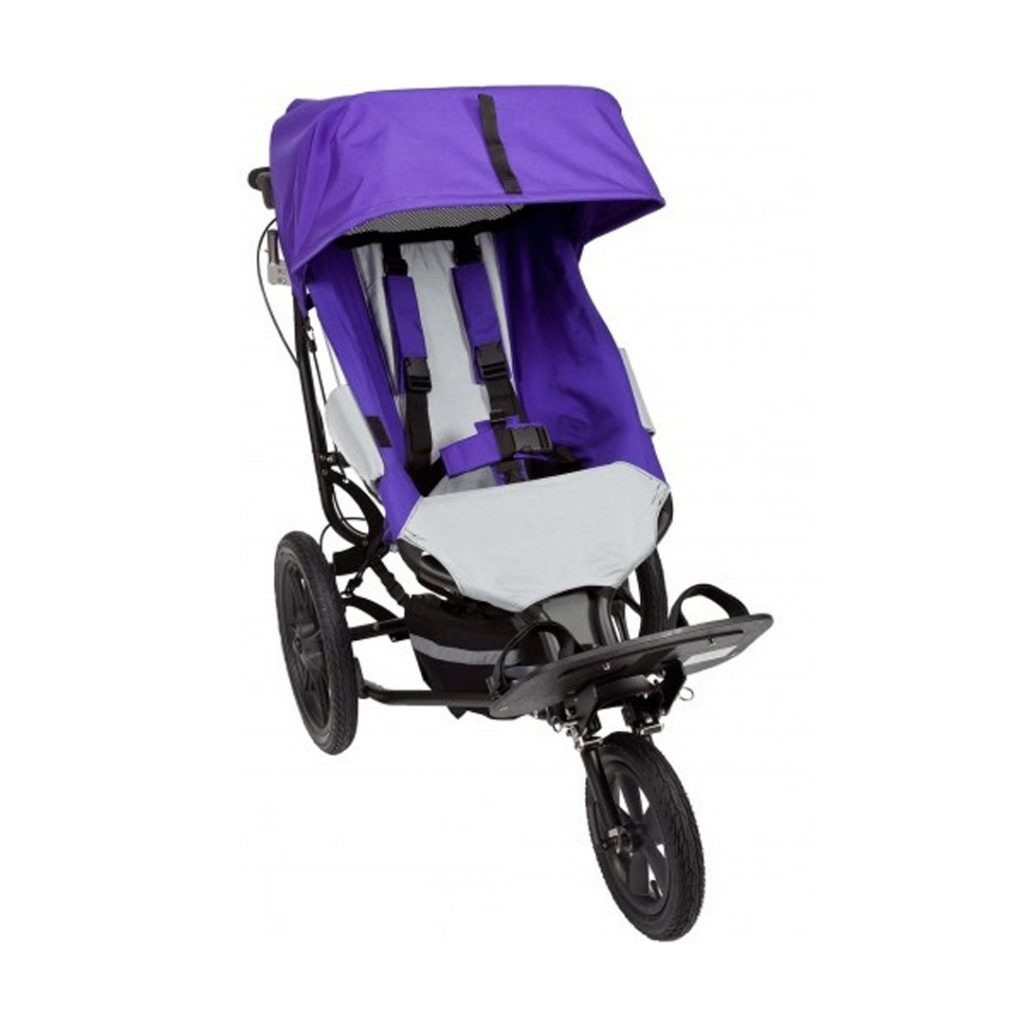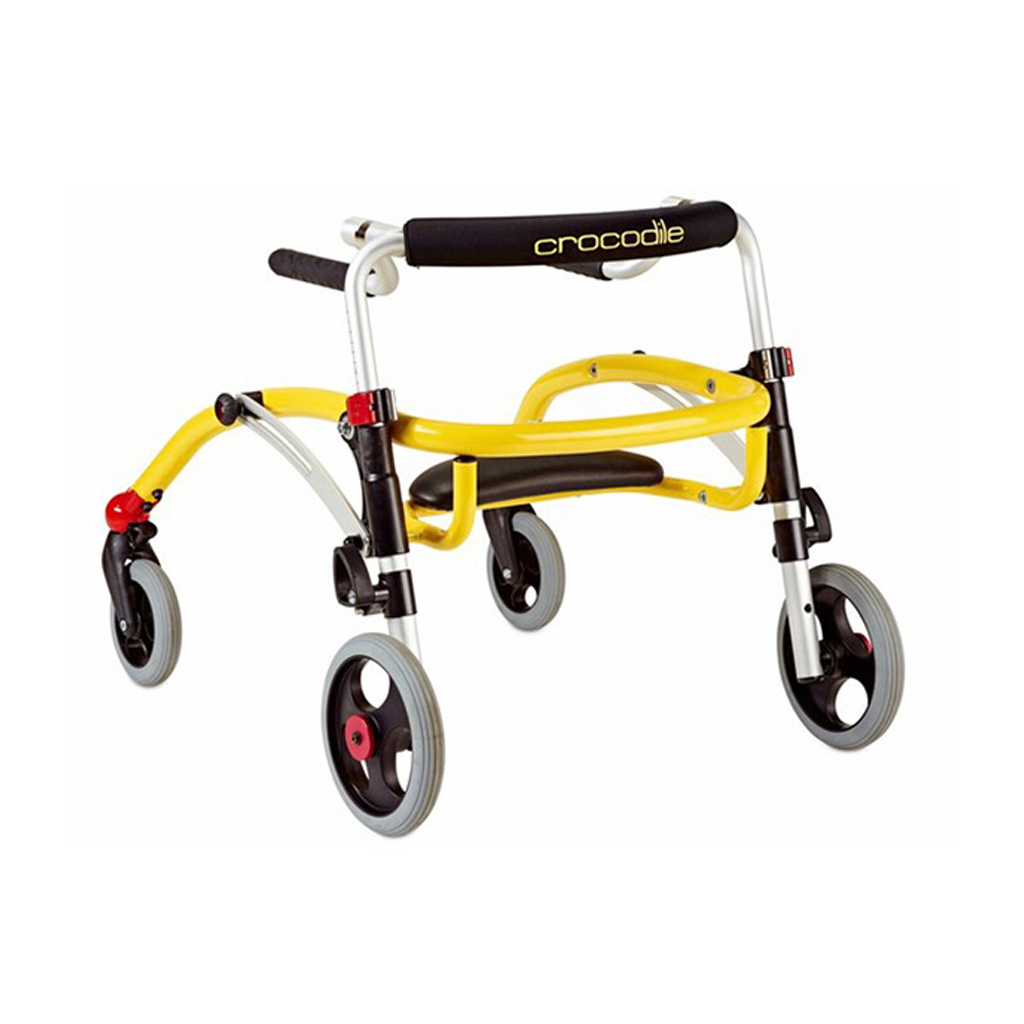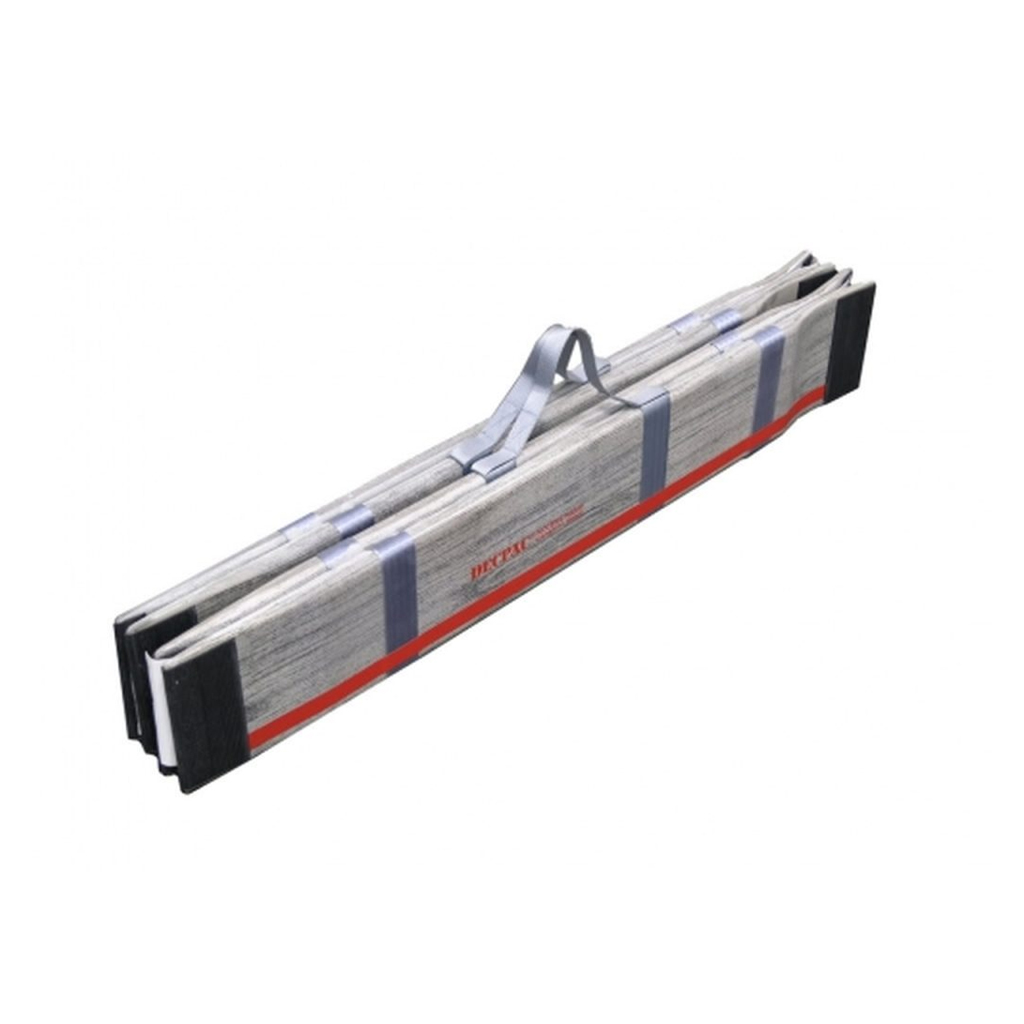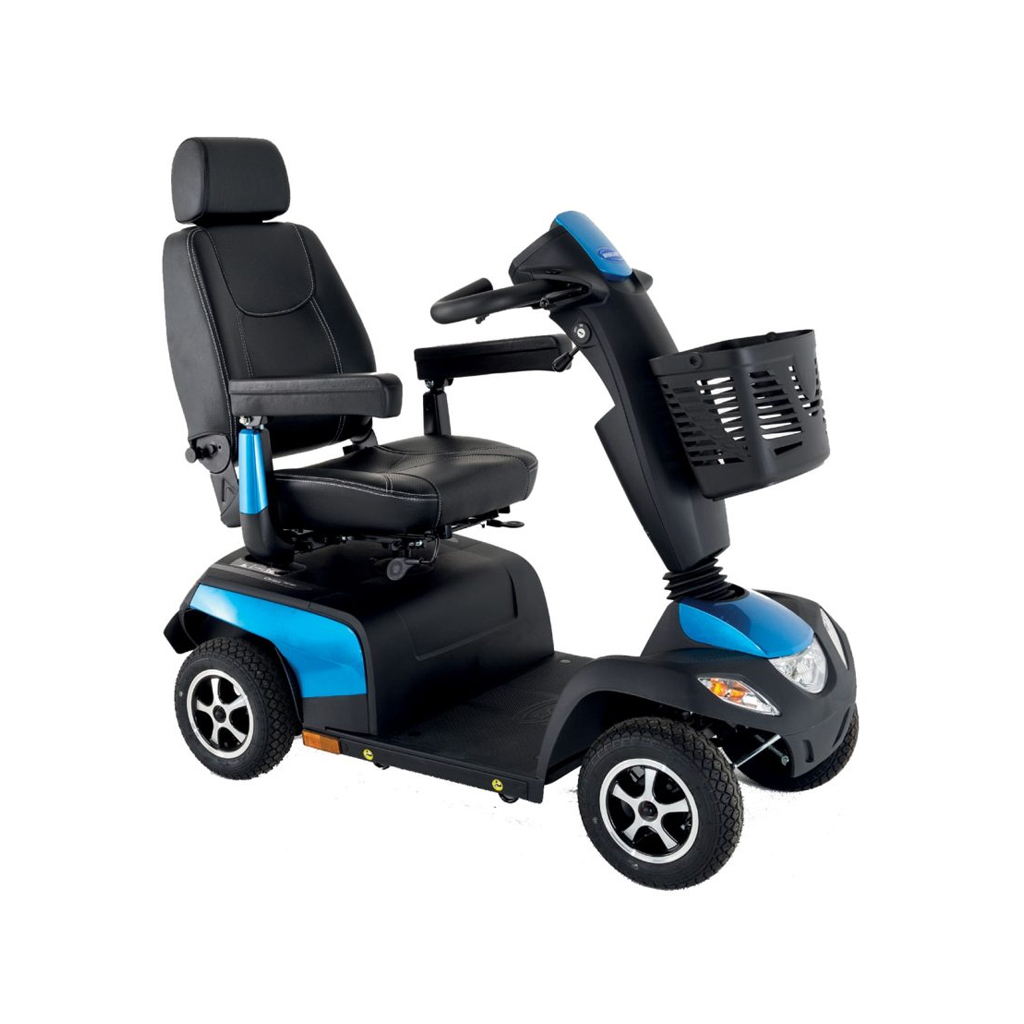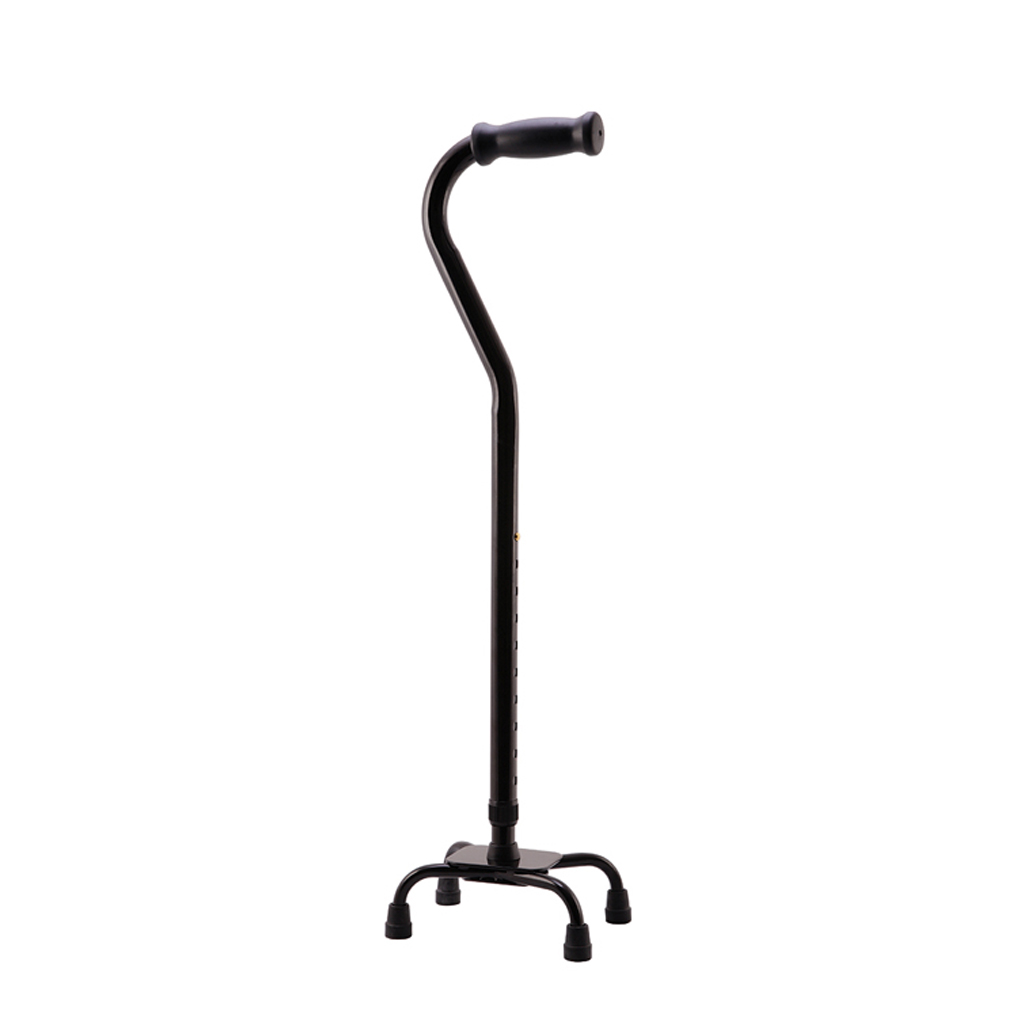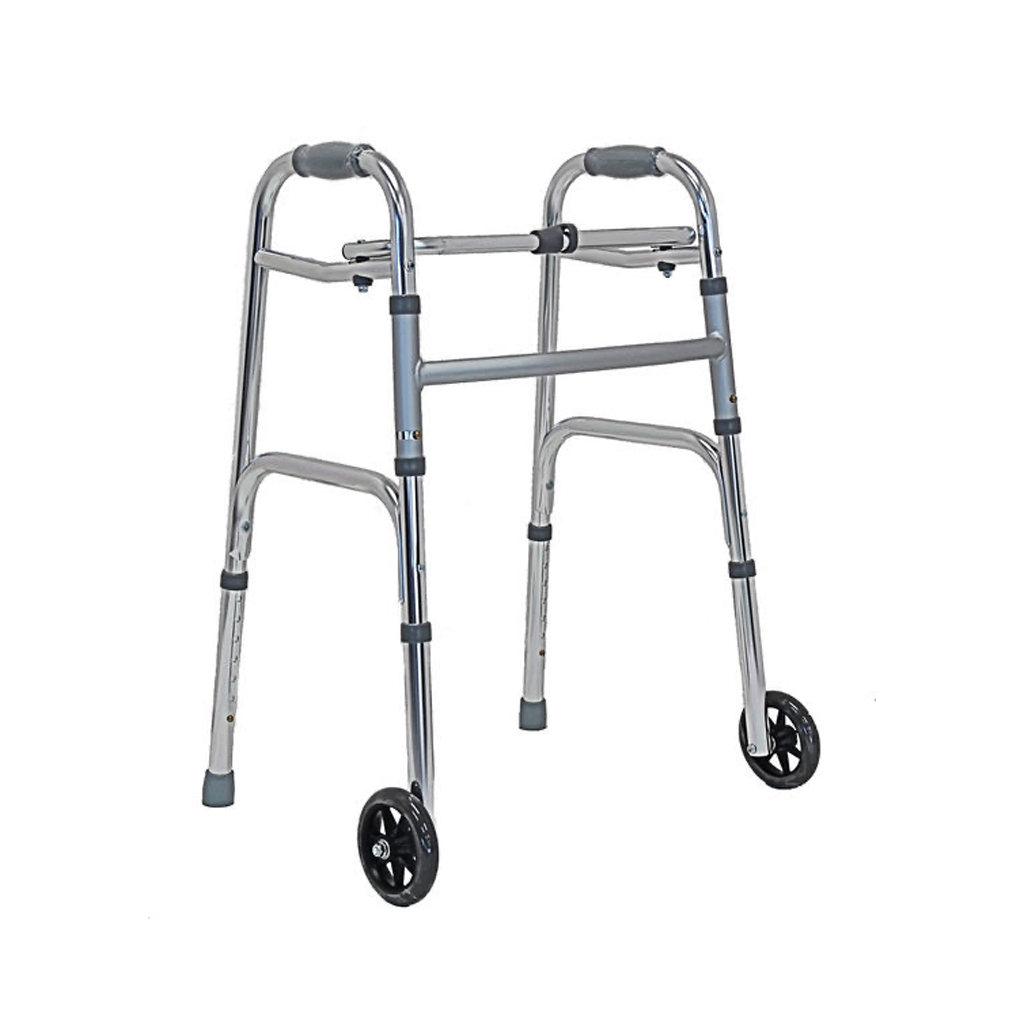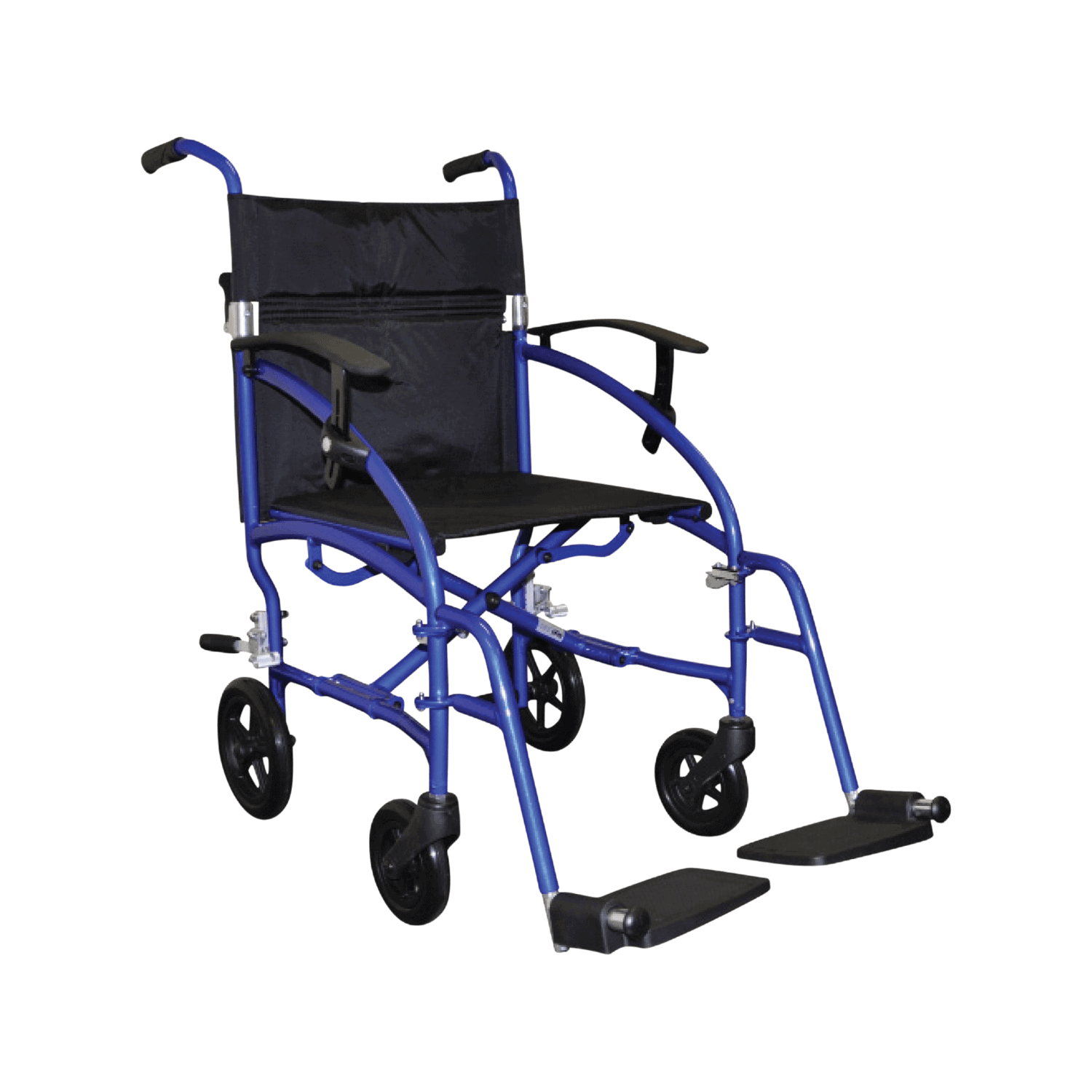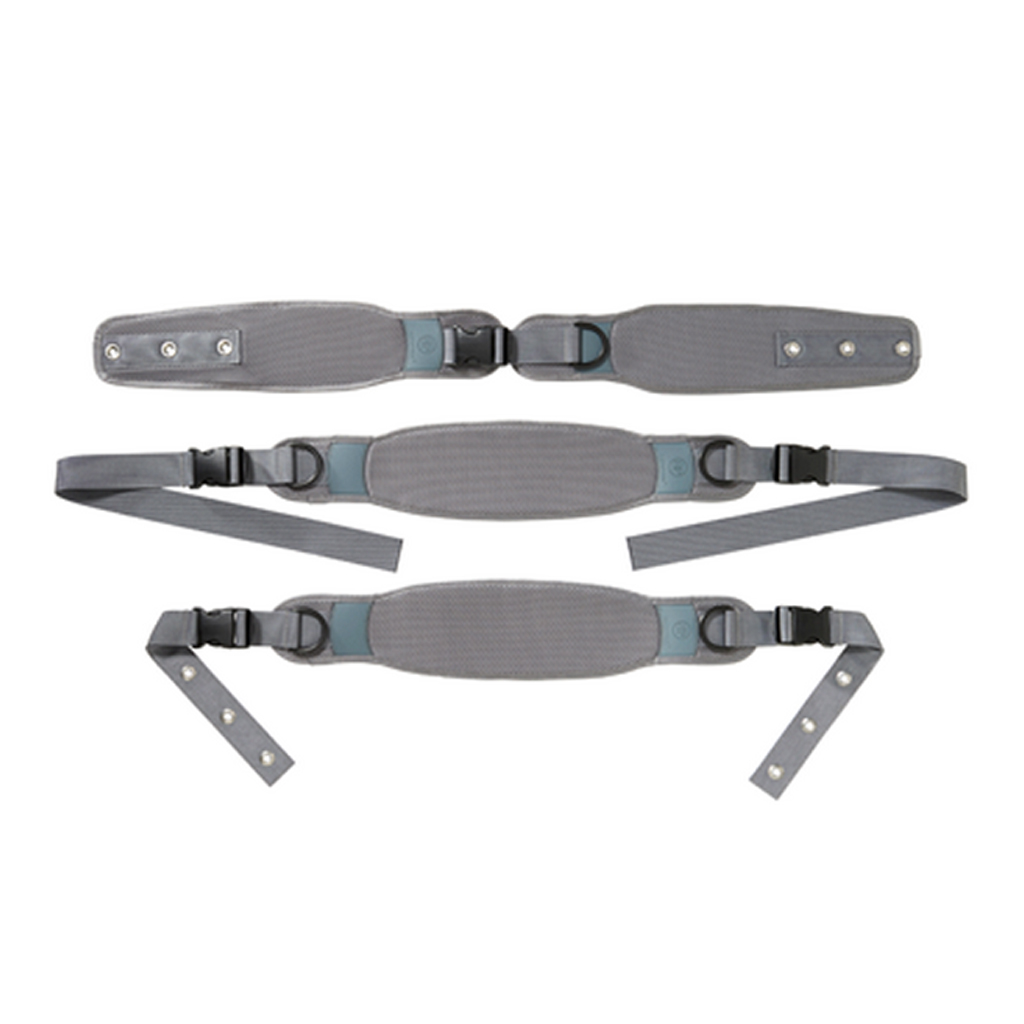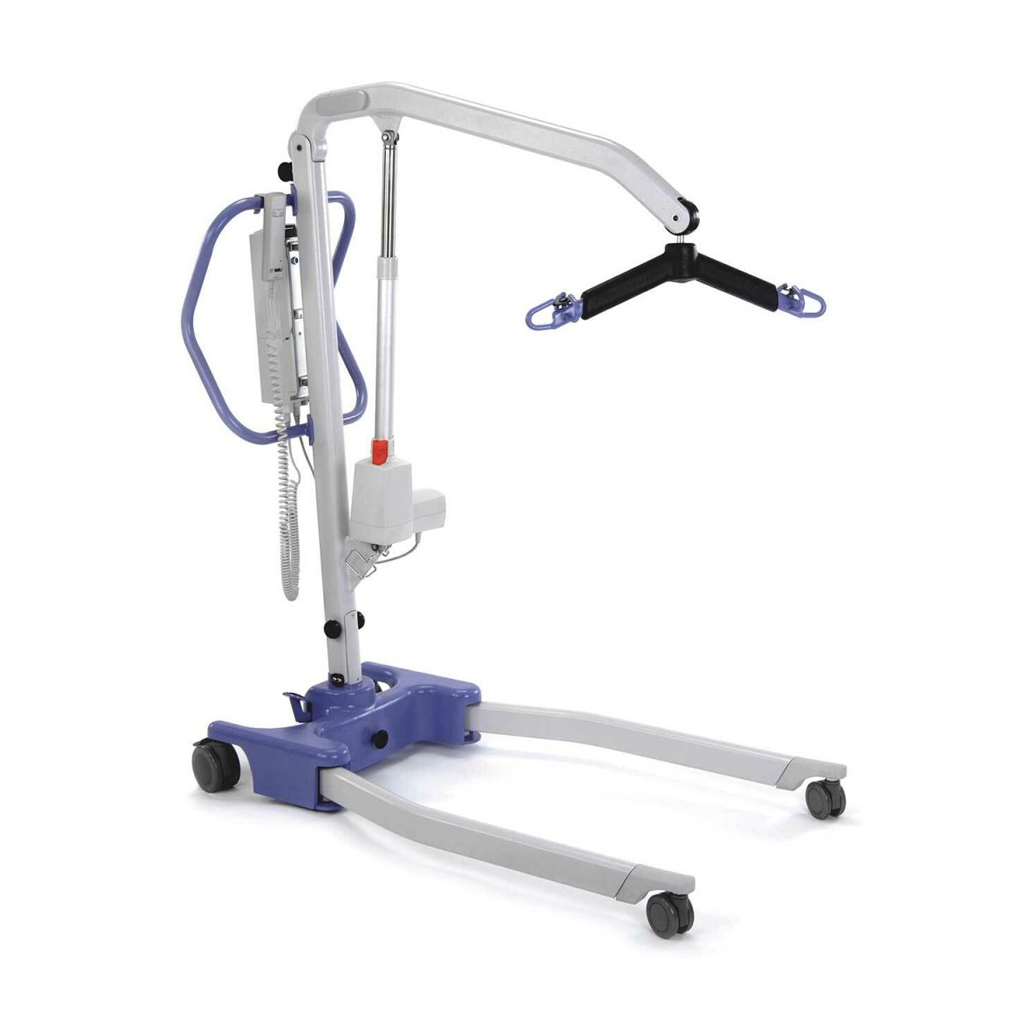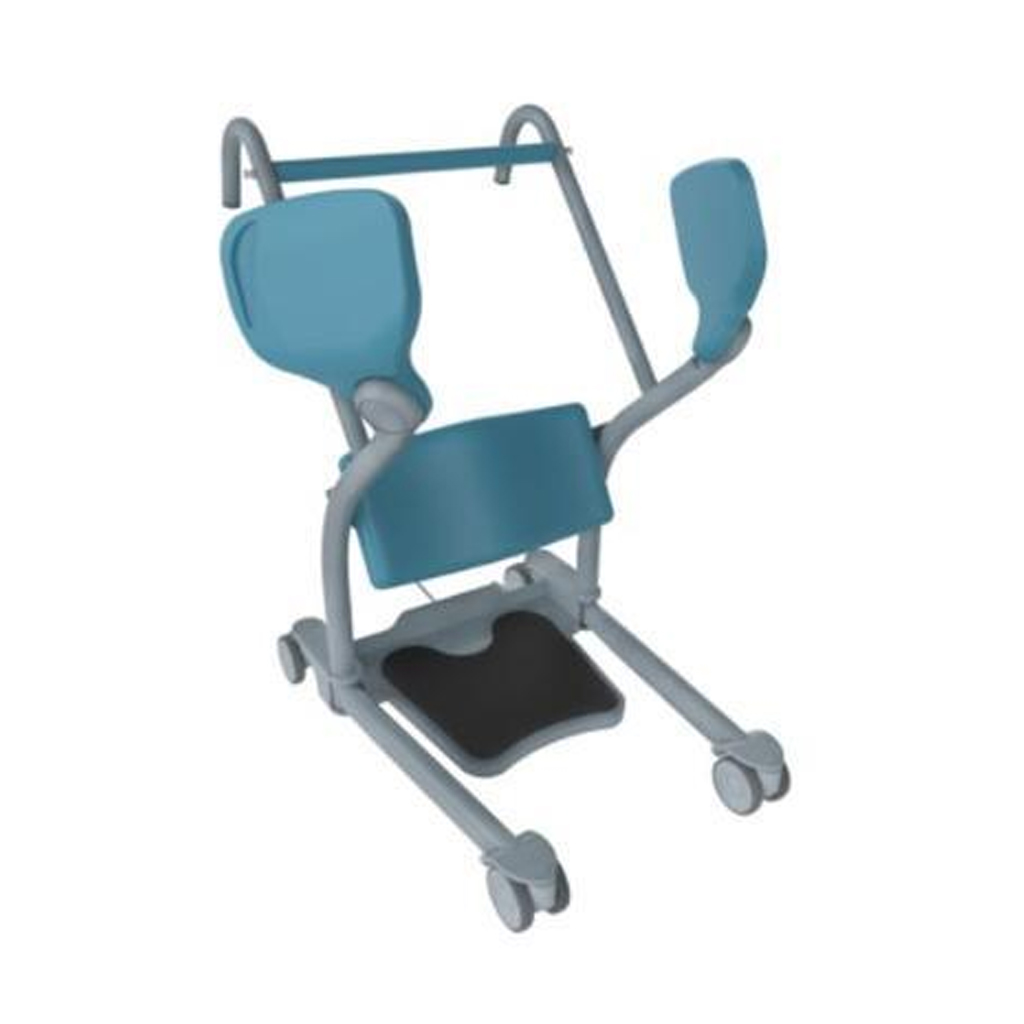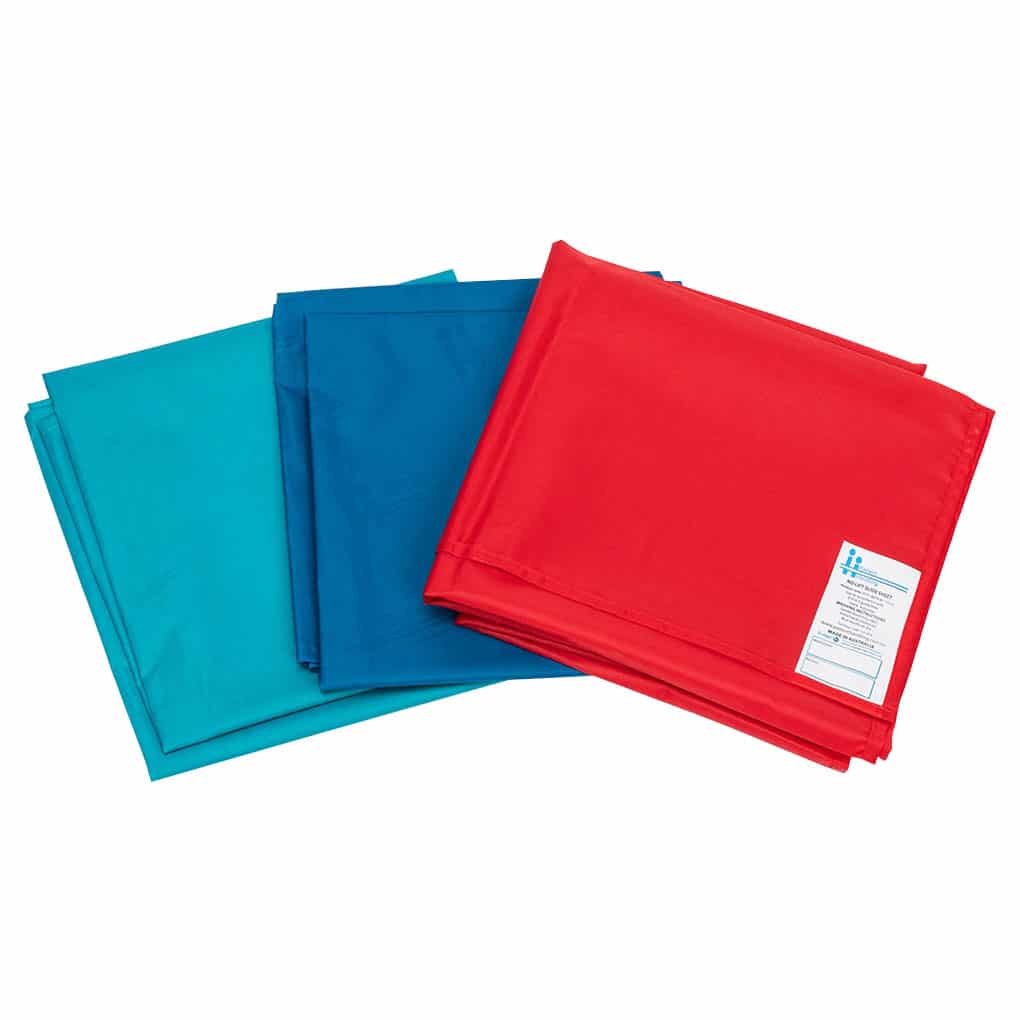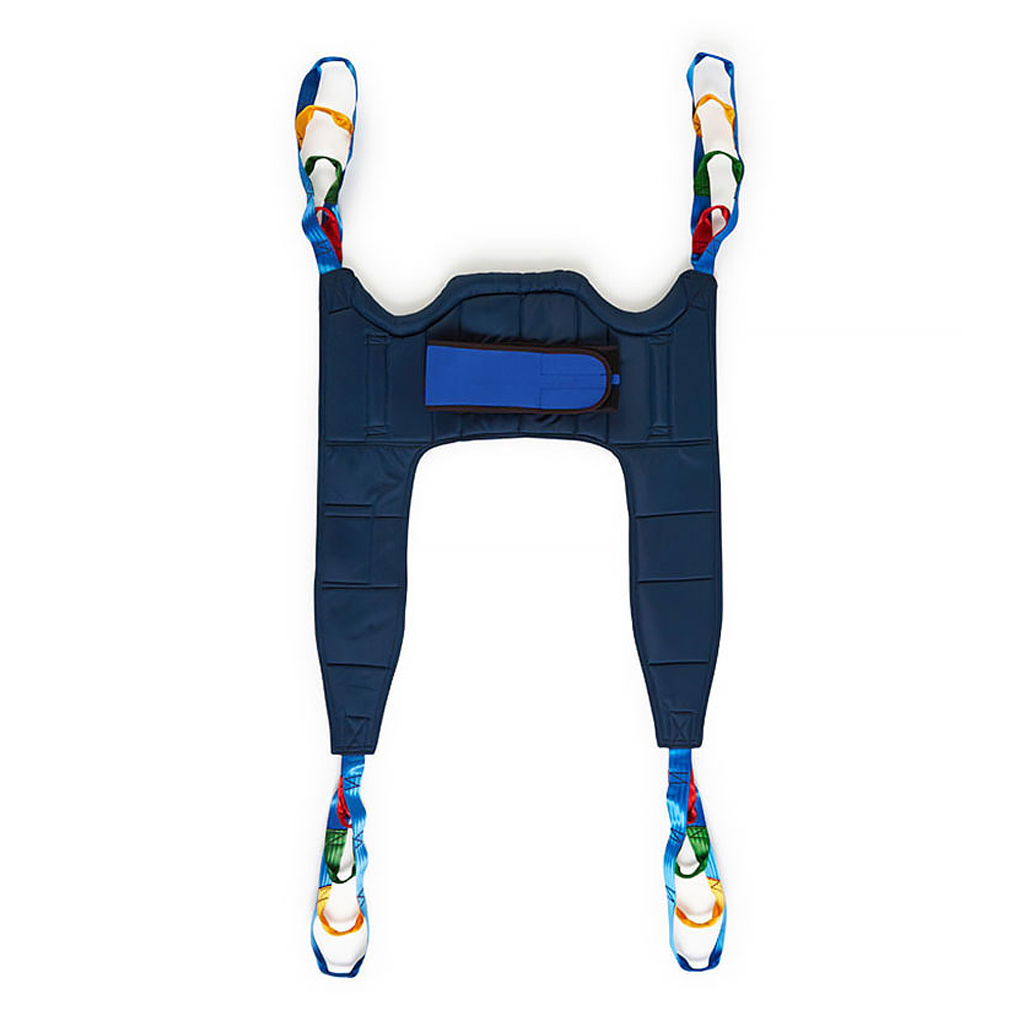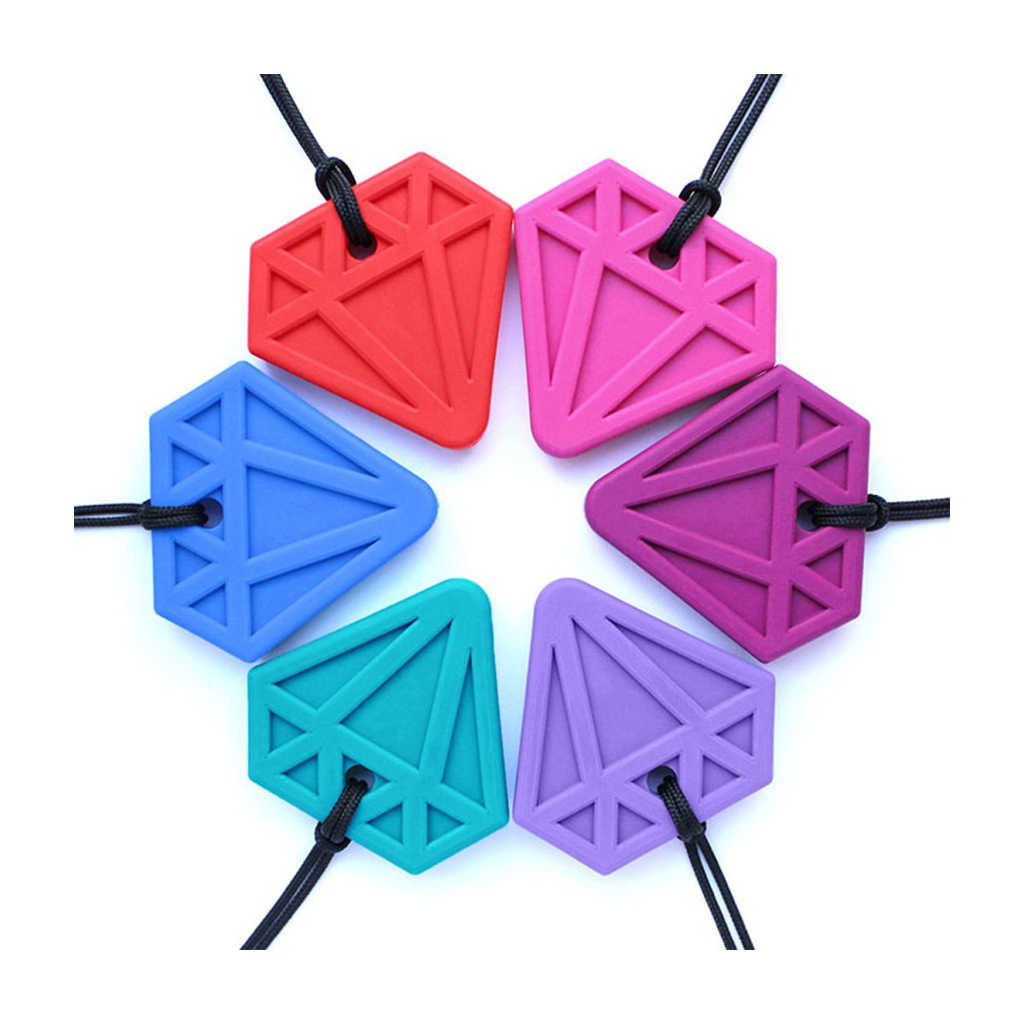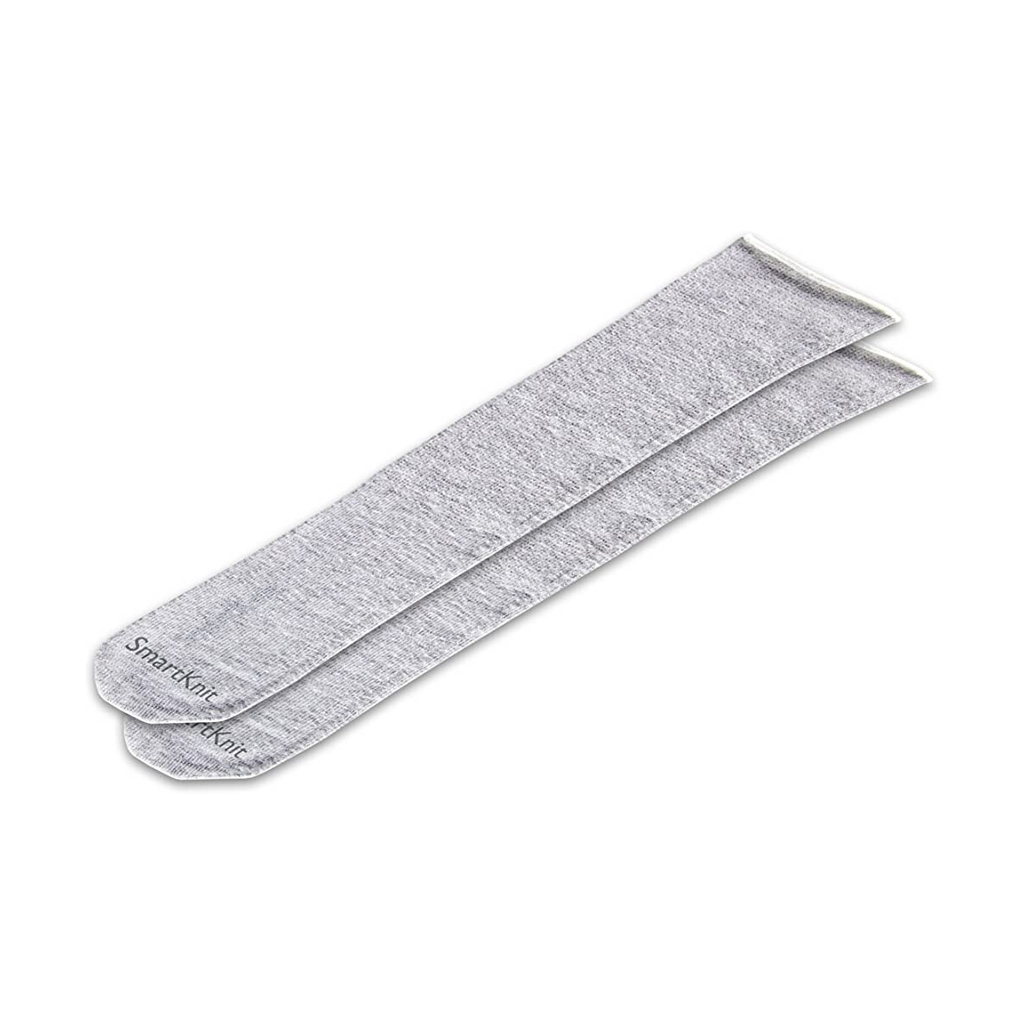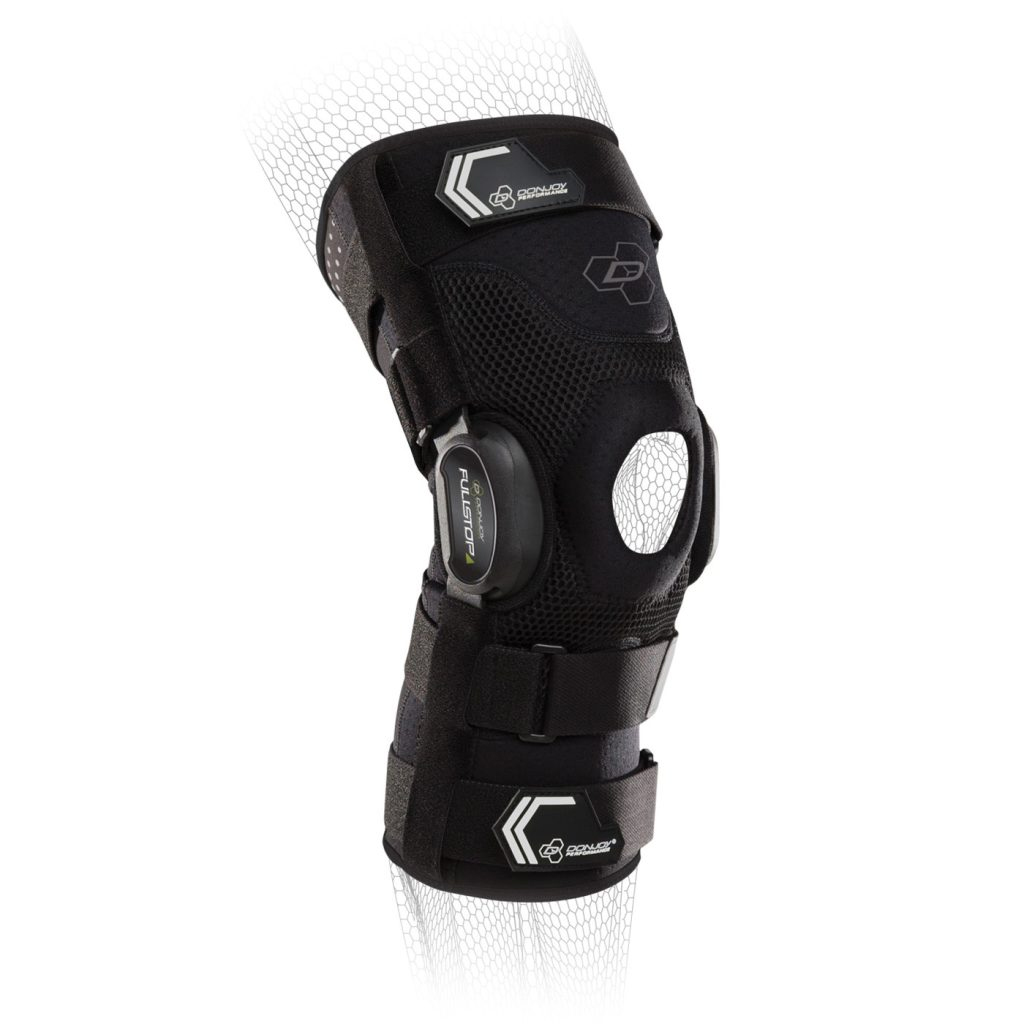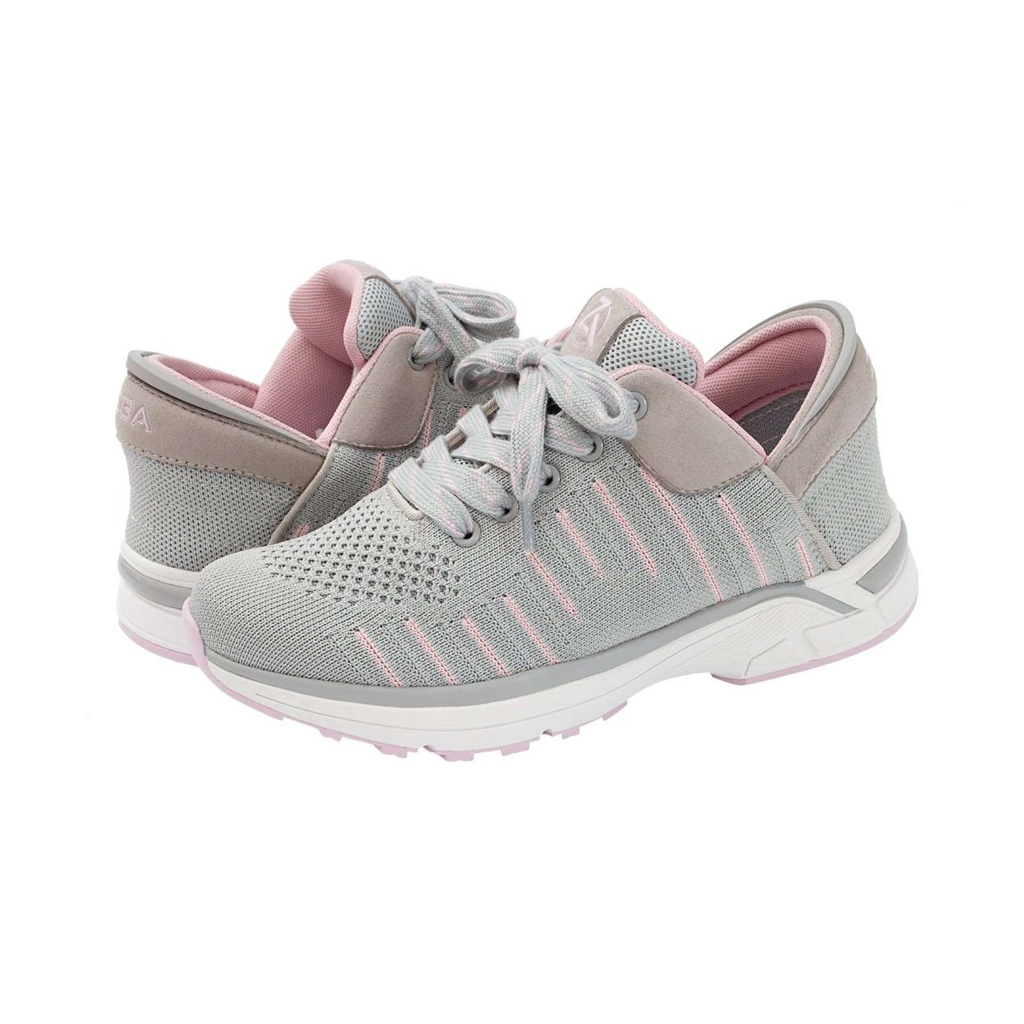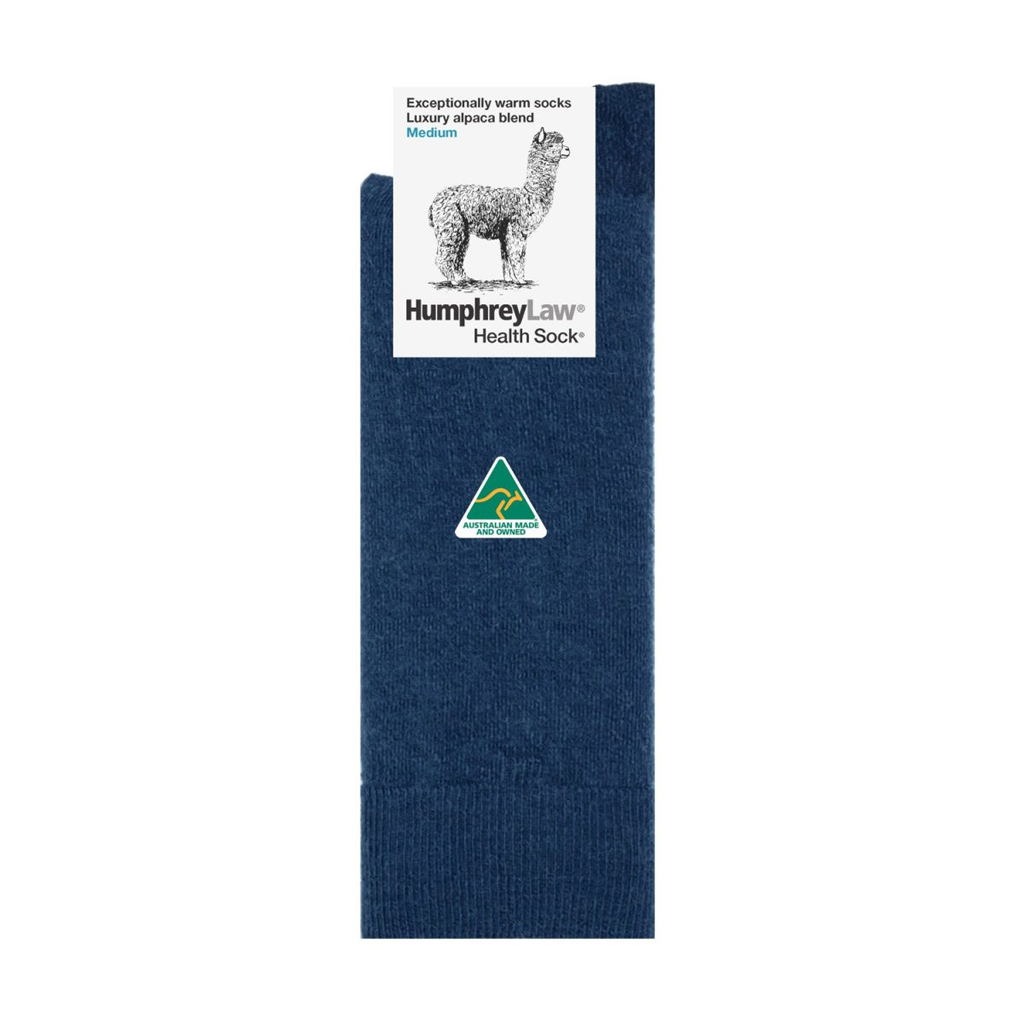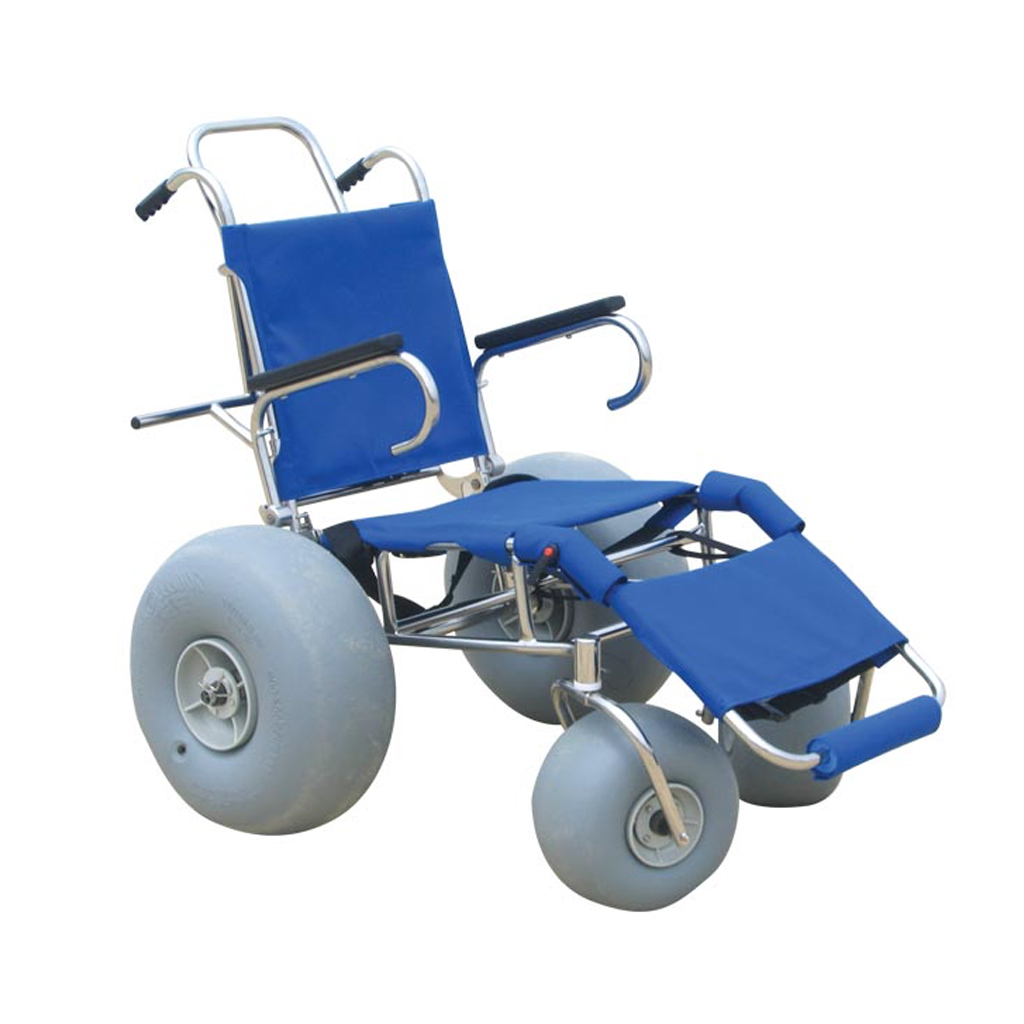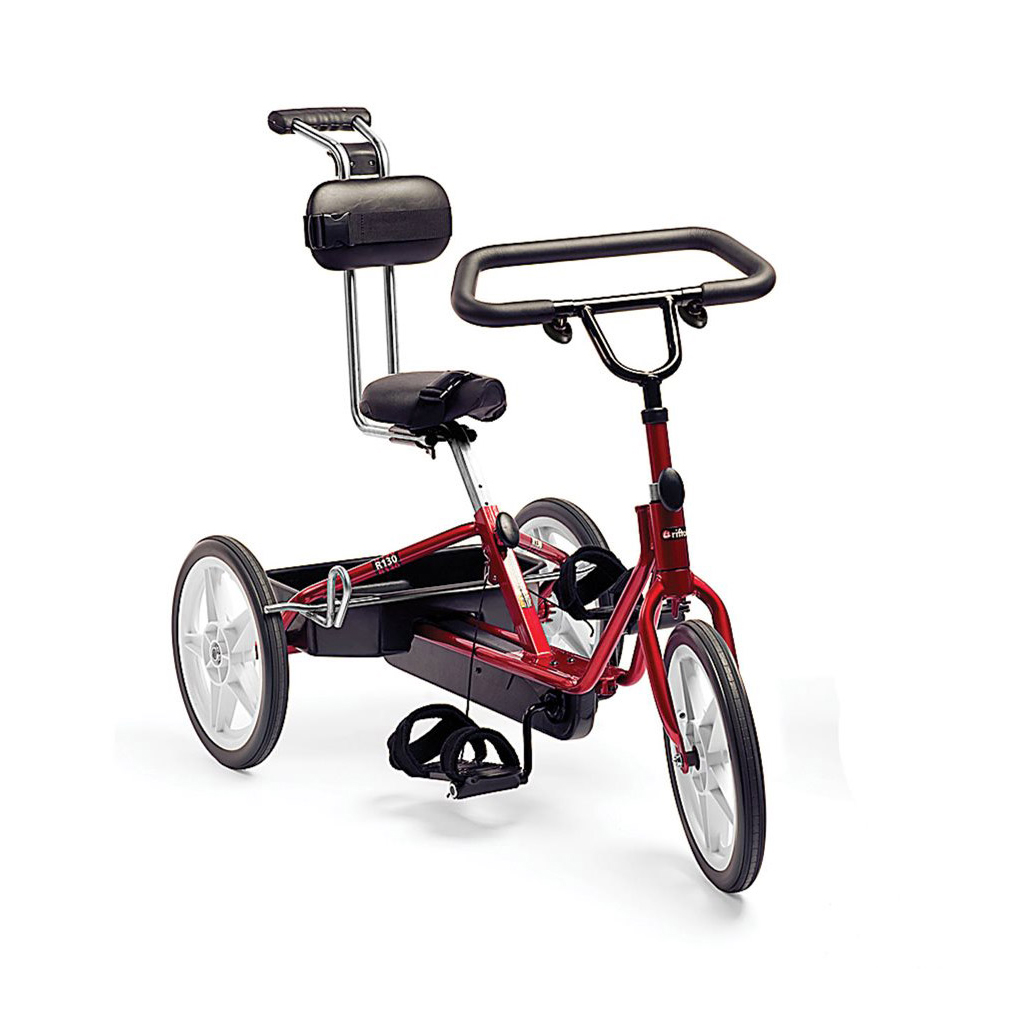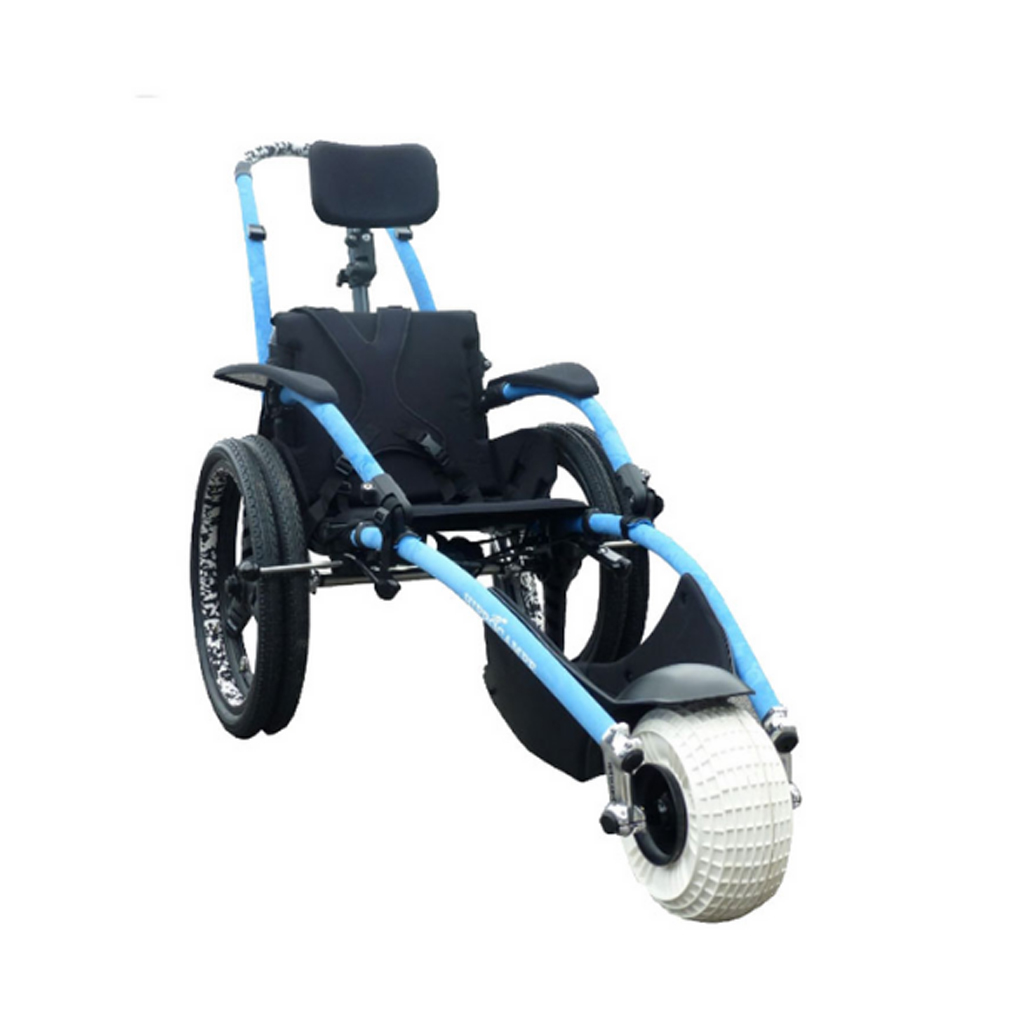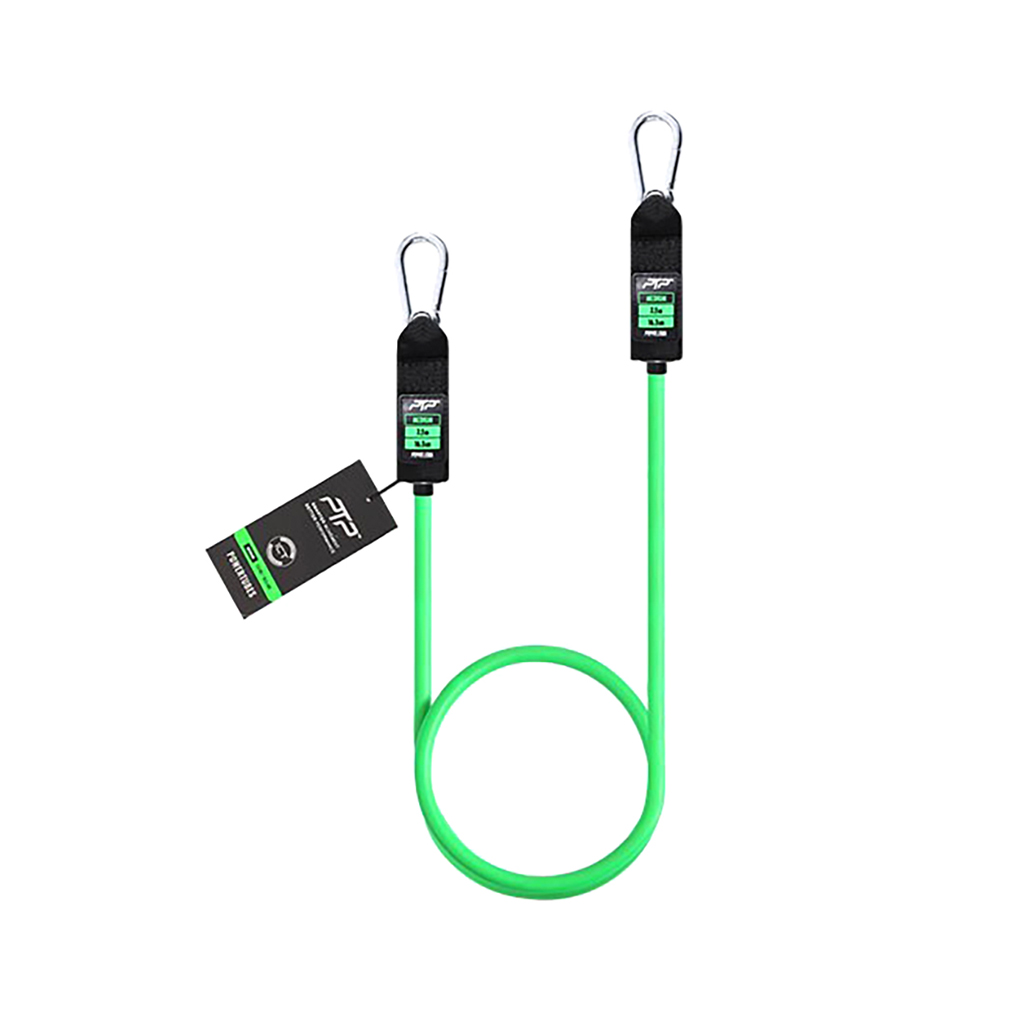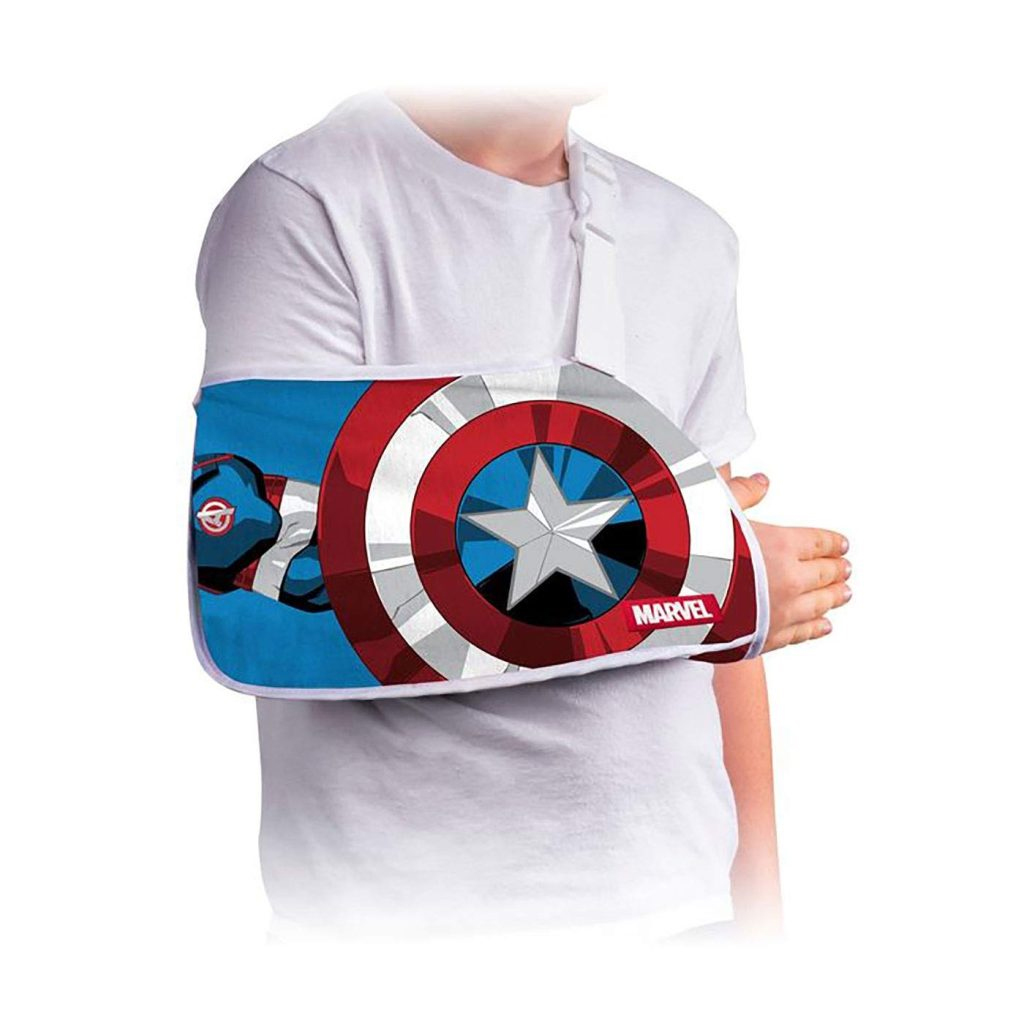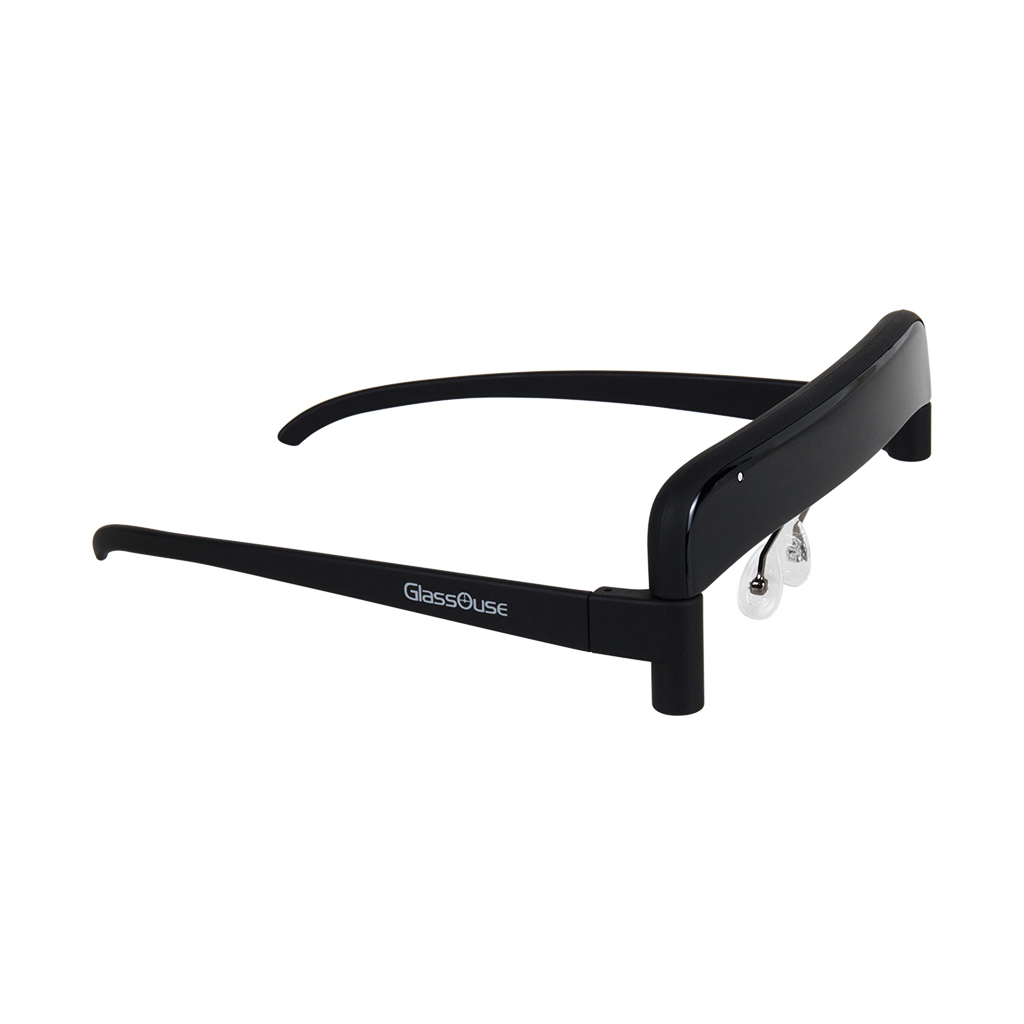Ankle Foot Orthosis
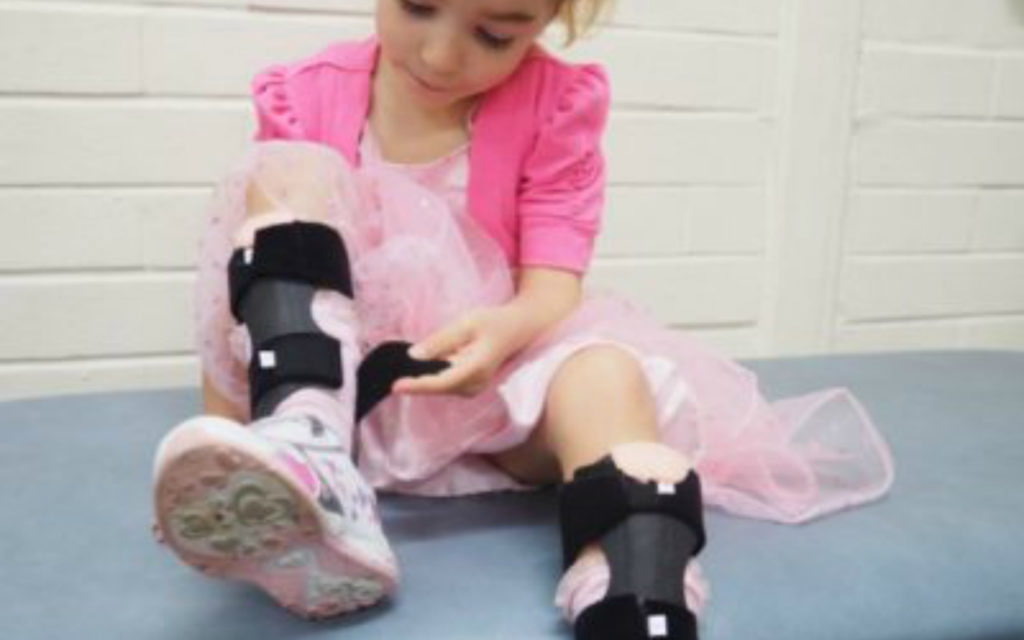
What is an AFO?
An AFO (Ankle Foot Orthosis) is a plastic splint that can be worn to support your child’s foot and ankle in a better posture for walking or standing.
Types of AFOs
There are many different types of AFOs. The pictures below are examples of just two types of AFOs commonly recommended, but there are many more! Speak to your physiotherapist or orthotist (the person who designs and makes splints) for more information.
Hinged AFO Fixed AFO
What do they do?
• Improve walking and mobility in everyday life
• Allow smoother walking and transfers
• Reduce fatigue associated with walking
• Help prevent tripping when walking
• Improve balance
• Limit movement at the foot and ankle joints which is often needed to improve walking pattern
• Provide support for unstable ankles
• Maintain the best ankle and foot position especially where increased muscle tone is present. Muscle tone means the level of tension in the muscle.
• Some AFOs have a special design to help keep the knee straight when walking – this is called a GRAFO (ground reaction ankle foot orthosis)
What does the research evidence say?
There is good research evidence to suggest that wearing AFOs improves balance & functional mobility for children who can walk on their own. The research also suggests that AFOs improve sitting posture and comfort by maintaining an ideal foot position.
This may mean that:
• Your child can be involved in more recreation and sporting activites
• Your child may also find it easier to join in PE at school
For more information about how AFOs will help your child, speak to your physiotherapist or orthotist.
What do parents say?
• “When Katie is wearing her AFOs she can transfer in and out of her wheelchair with less assistance from me”
• “AFOs help Dylan to walk better and maintain better balance when on his feet”
• “AFOs help Anna to sit more comfortably in her wheelchair”
• “Layla wears her AFOs every day at school. We don’t make her wear them on weekends to give her a break. I think this is important”
• “Annie is able to use her pony walker more easily when she is wearing AFOs”
What do children say?
• “The best thing about my AFOs is choosing a picture or pretty pattern”
• “When my AFOs are on I fall over less”
• “My foot feels better with my AFOs on”
What to expect from AFOs
• Achievable goals from wearing AFOs will be different for every child
• Discussions with your physiotherapist and orthotist regarding goals for your child is an important step in ensuring the best result for your child.
Some possible goals
• For your child to maintain better balance when picking things up off the floor while standing or sitting
• For your child to be able to walk between classes using his or her walker
How do we check that AFOs are working?
• We can do a 2-D gait assessment – this involves your child being videotaped walking with and without their AFOs. The video is then carefully analysed by the physiotherapist. (See the factsheet Gait Analysis at Novita on the Factsheets page of the Novita website or ask your physiotherapist).
• You and your child’s physiotherapist can look at your child’s standing, sitting and walking posture.
• Your physiotherapist can assess your child’s physical skills, and range of motion (the full amount of movement possible in a joint such as the knee or elbow).
What is the AFOs are not working?
• If the AFO is causing rubbing or redness of the skin, or a sore is developing from the AFO, it is recommended to contact the orthotist who made the AFO.
• If the goals that were identified once wearing AFOs are not being achieved, a review by the physiotherapist and orthotist is required.
Need more information?
If you would like information or free advice, speak to someone in our friendly team on 1300 668 482 or visit our Contact Us page for more ways to get in touch.

